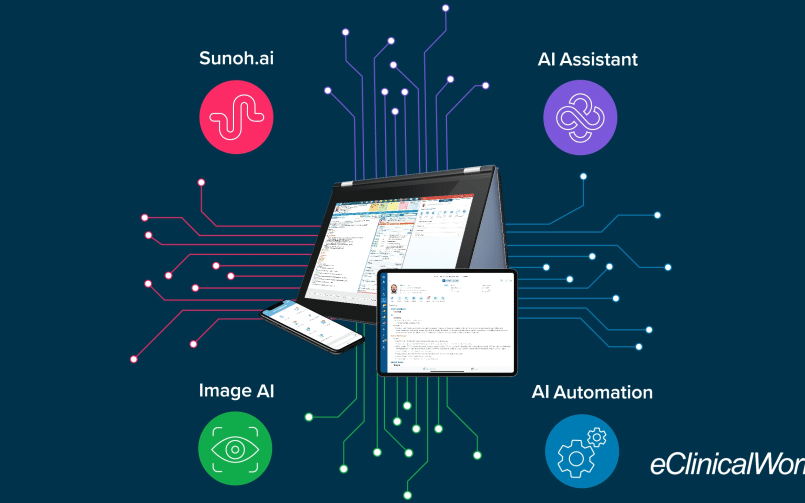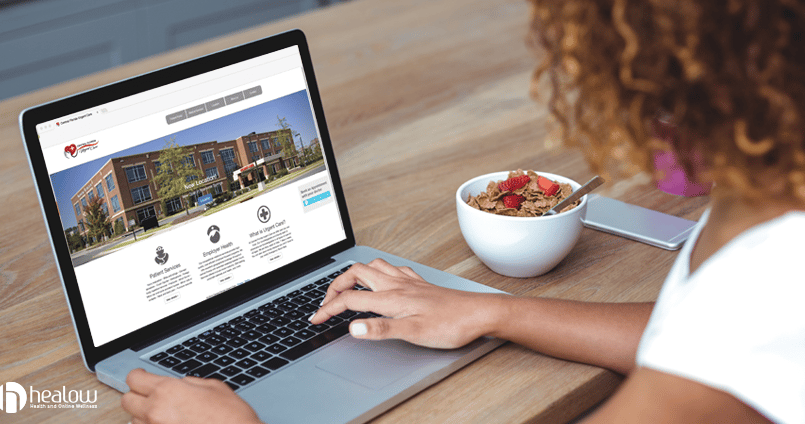The Playbook for Patient Engagement
- 20 March 2015
- Blog
eClinicalWorks
As talked about as patient engagement is today, there is still plenty of confusion around how to maximize it. Enterprise solutions such as EHRs and revenue cycle management streamline the healthcare process therefore simplifying the patient’s experience, and with telehealth, mobile and wearable devices, patients can experience a more personalized experience. My son uses his mobile phone and a QR code to buy coffee, why not also use the same technology to check-in at his doctor’s office?
As the quarterbacks of care, doctors have a unique advantage in the age of mobility – patients want to engage in their health and post daily updates on their activity. A study conducted by research firm Kelton and Makovsky Health found that 66 percent of Americans would use a mobile app to manage health related issues if it was made available to them. It’s up to providers and vendors to develop the tools to enable these active patients with the correct tools and resources for tracking their health.
Imagine if mobile apps and wearable devices all linked back to a personal health record that could be viewed by a doctor? Doctors would have access to yearly information –vitals, change in weight, etc. – as well as daily information – calorie intake, exercise and prescriptions. It’s this routine information that can aid doctors in personalizing treatment for each patient they see.
Additionally, that constant communication with doctors opens up the opportunity for improved response treatment. Using mobile apps that integrate EHR systems, doctors can set up personalized alerts that flag unusual activity in their patient’s health. Should weight begin fluctuating at a dangerous rate or glucose levels get too high, the direct line of communication allows doctors to address issues immediately before the patient is at risk. If you are on a plane and have a medical concern, use an app to notify your doctor and, if needed, a prescription can be waiting when you land.
Mobile devices can also help patients stay on track. Similar to how doctors are informed of any drastic changes, patients can also set up reminders to take medicine or book an appointment. From there, they can even reserve an appointment online where previously they would have had to call the practice. Telehealth visits enable patients to access their doctors via their mobile phones, helping them immediately address medical concerns. Eliminating the hassle from a patient’s medical experience only makes them more apt to participate and engage in their health.
Ultimately, the key to patient engagement is patient control with the quarterback of care, the doctor, in the loop. When patients feel empowered to change and monitor their health, they’re likely to utilize that ability to maintain healthier lifestyles. Technology is an asset that can collect personal medical information across devices and electronic health records. Today, it’s possible for patients and doctors to have immediate access to all relevant information. Developing and perfecting this technology for simplified adoption relies on provider support.
Related Post
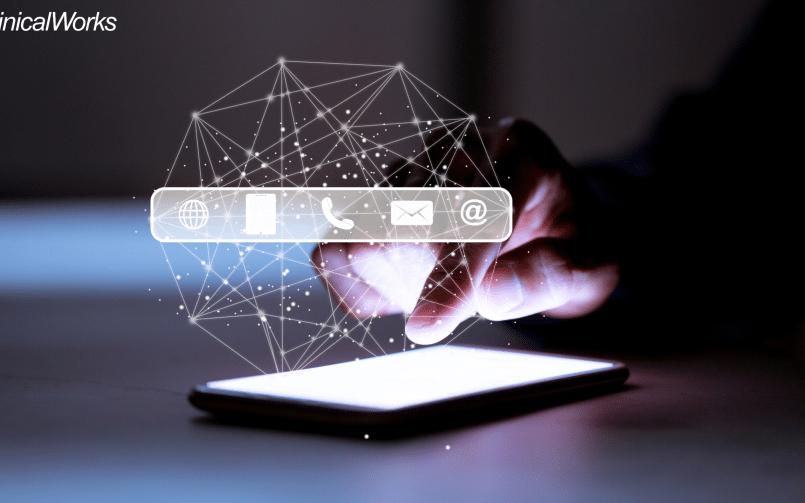
- 27 February 2025
- Blog
Creating AI Contact Center Solutions for a Quality Patient Experience
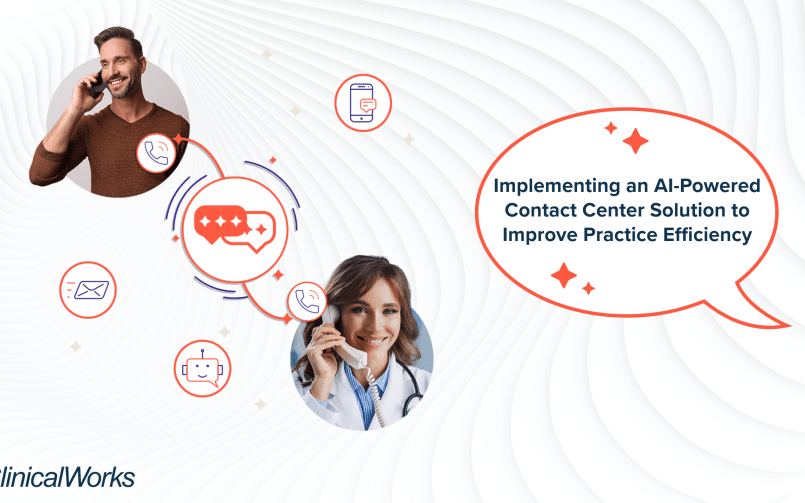
- 30 January 2025
- Blog
Implementing an AI-Powered Contact Center Solution to Improve Practice Efficiency

- 9 January 2025
- Blog
Unveiling Trends Set to Transform Healthcare in 2025

- 14 March 2024
- Blog
Revolutionizing Work-Life Balance with a Smart AI-Driven EHR

- 15 February 2024
- Blog
AI Medical Scribes in Remote Healthcare Services

- 6 February 2024
- Blog
Priority One for 2024: Staying Focused on Patients

- 16 January 2024
- Blog
7 Patient Engagement Solutions to Help Patients and Practices in 2024

- 7 November 2023
- Blog
Embracing Technology for Startup Weight Loss and Medical Spa Clinics
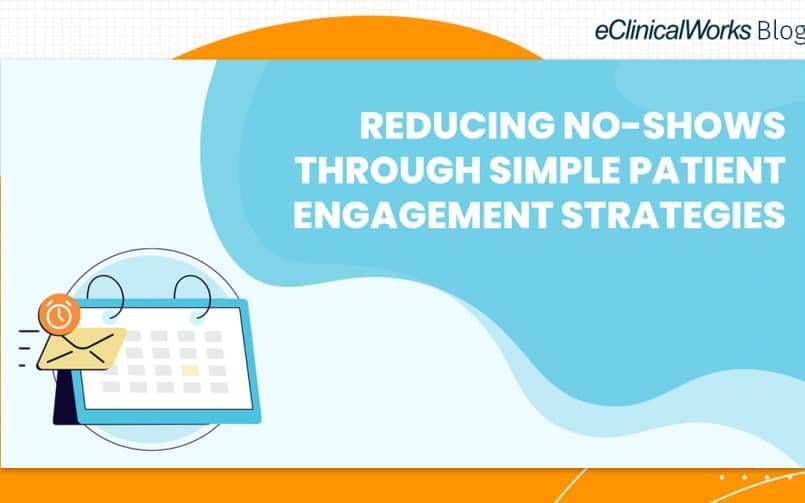
- 23 March 2023
- Blog
Reducing No-Shows Through Simple Patient Engagement Strategies

- 27 September 2022
- Blog
Back to School — for Your Practice, Too!

- 21 June 2022
- Blog
Dermatology Made Easier This Summer
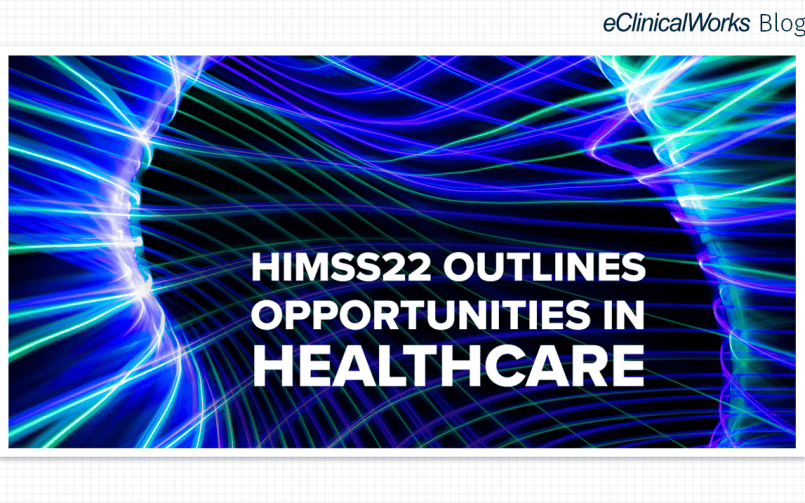
- 25 March 2022
- Blog
HIMSS22 Outlines Opportunities in Healthcare
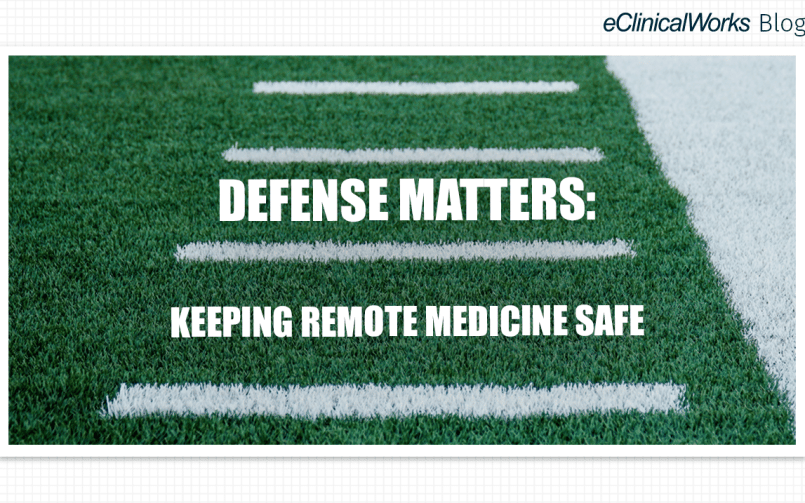
- 17 February 2022
- Blog
Defense Matters: Keeping Remote Medicine Safe

- 1 February 2022
- Blog
One Key for 2022: Staying Focused on Patients
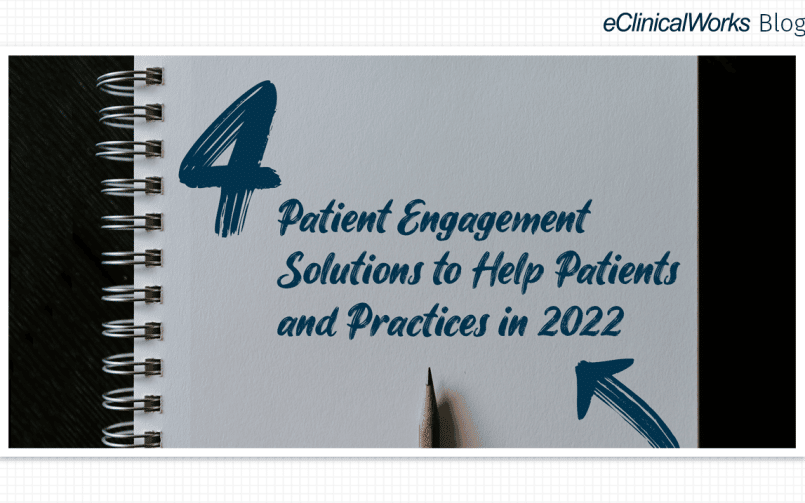
- 28 January 2022
- Blog
4 Patient Engagement Solutions to Help Patients and Practices in 2022
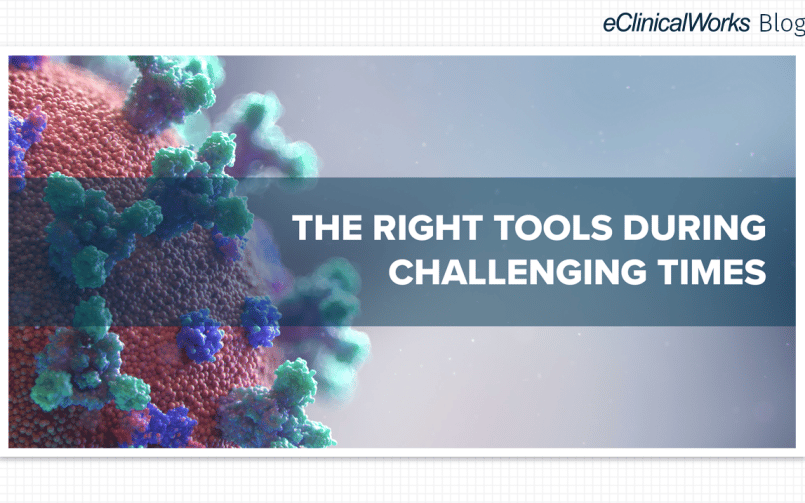
- 25 January 2022
- Blog
The Right Tools During Challenging Times

- 19 January 2022
- Blog
Healthcare 2022: Regulatory Trends to Look for in the Year Ahead

- 18 November 2021
- Blog
Remaining Vigilant in the Lung Cancer Fight
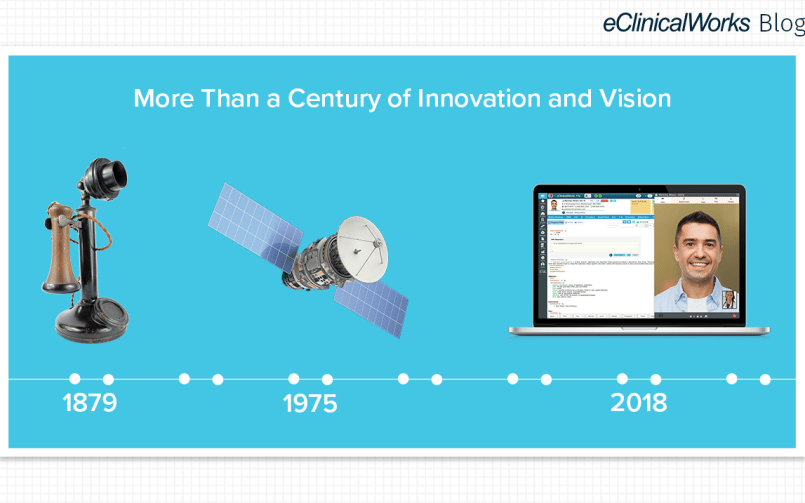
- 4 November 2021
- Blog
Telehealth Is Long-Established Science Fact
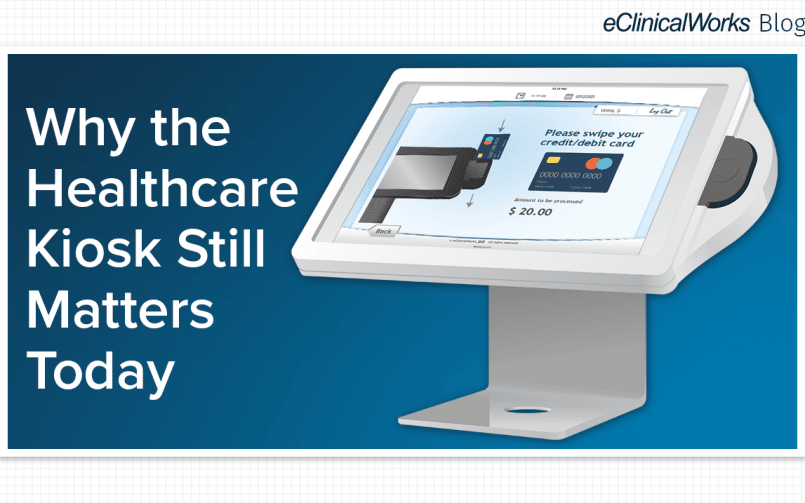
- 28 October 2021
- Blog
Why the Healthcare Kiosk Still Matters Today
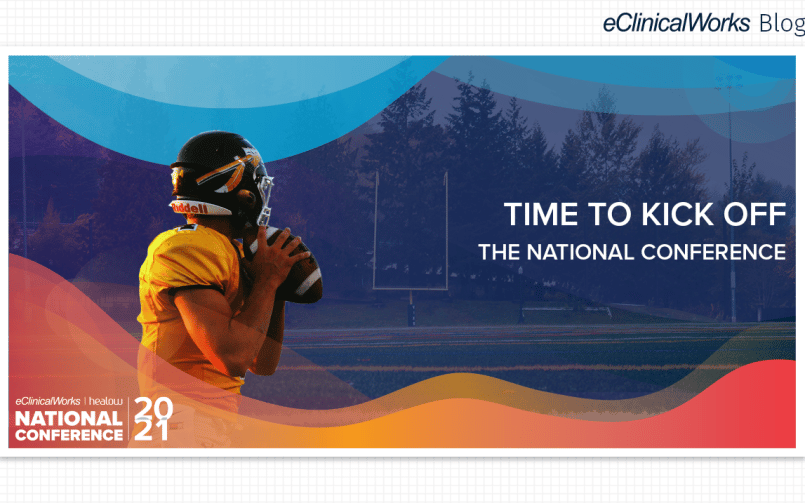
- 6 October 2021
- Blog
Time to Kick Off the 2021 National Conference
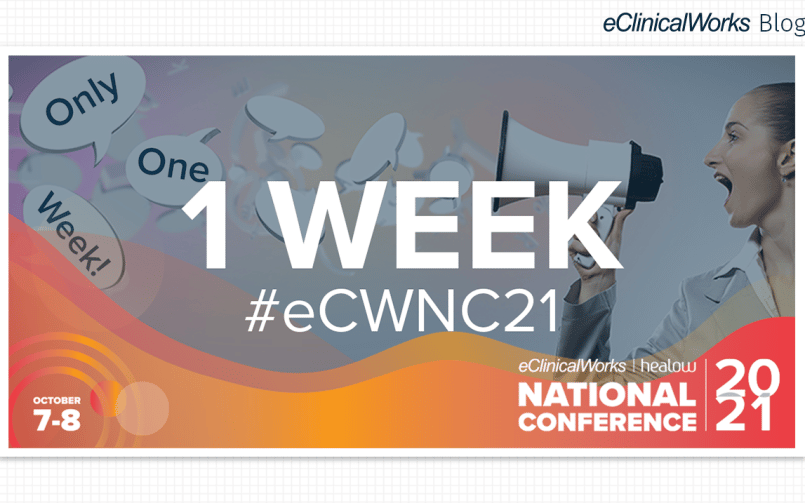
- 30 September 2021
- Blog
The eClinicalWorks National Conference Is Just a Week Away
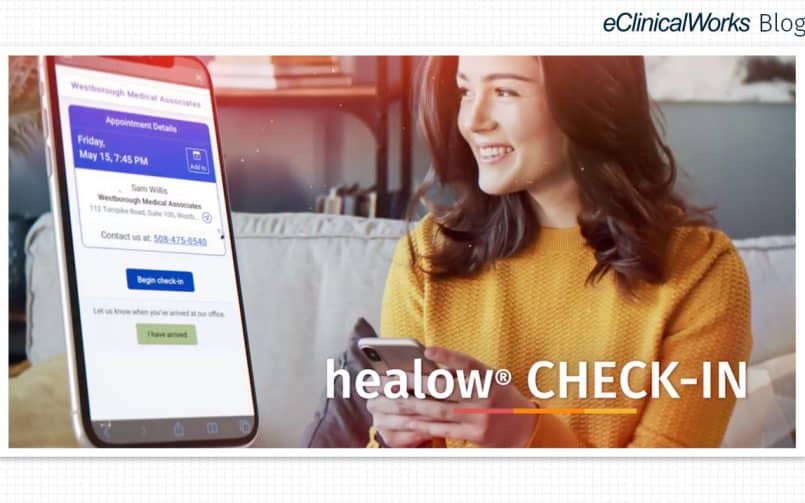
- 2 September 2021
- Blog
It’s Time for a Better Check-in Solution
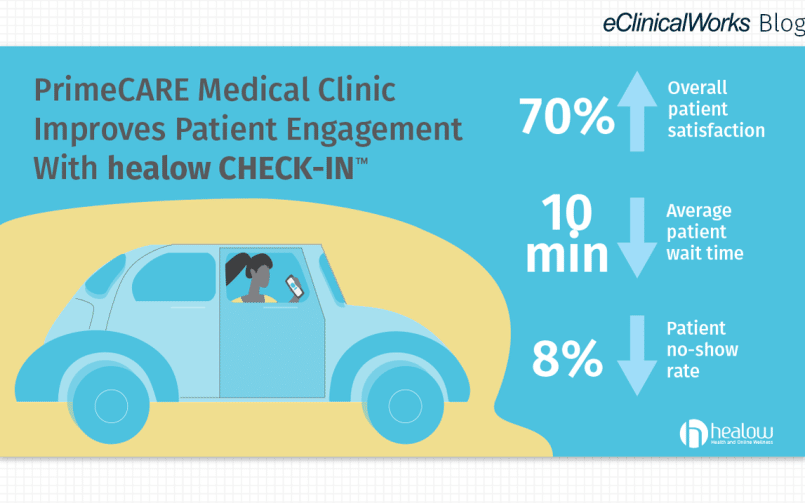
- 24 August 2021
- Blog
In Healthcare, First (and Last) Impressions Matter
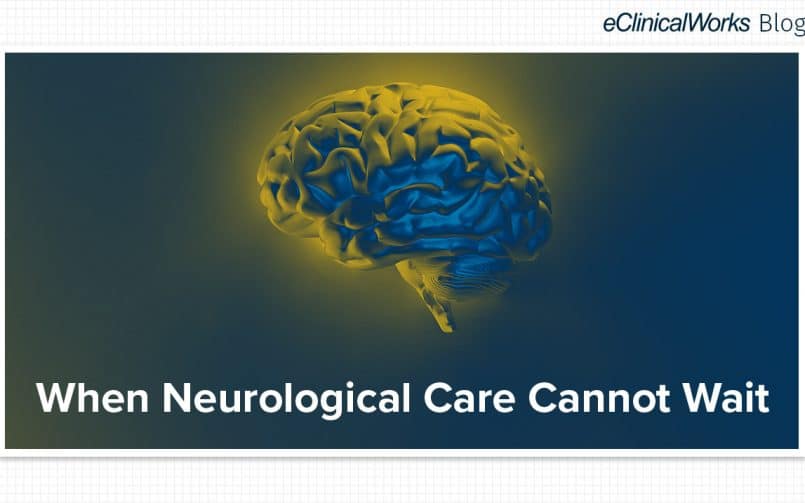
- 27 May 2021
- Blog
When Neurological Care Cannot Wait
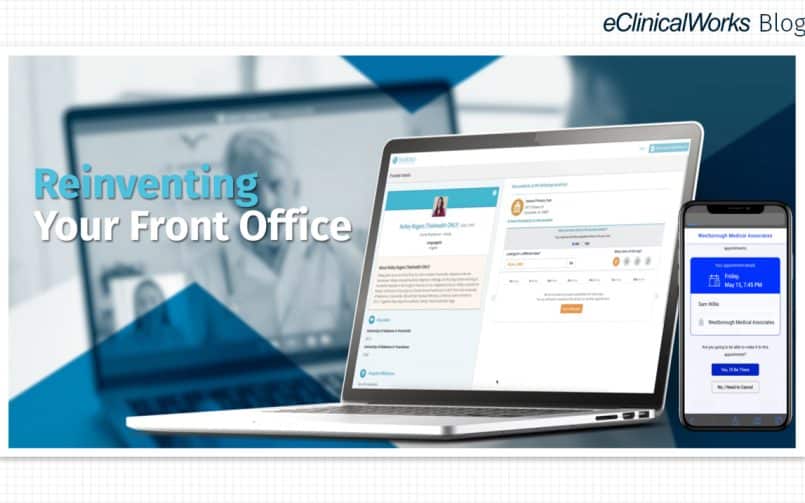
- 16 March 2021
- Blog
A Partner for Reinventing Your Practice
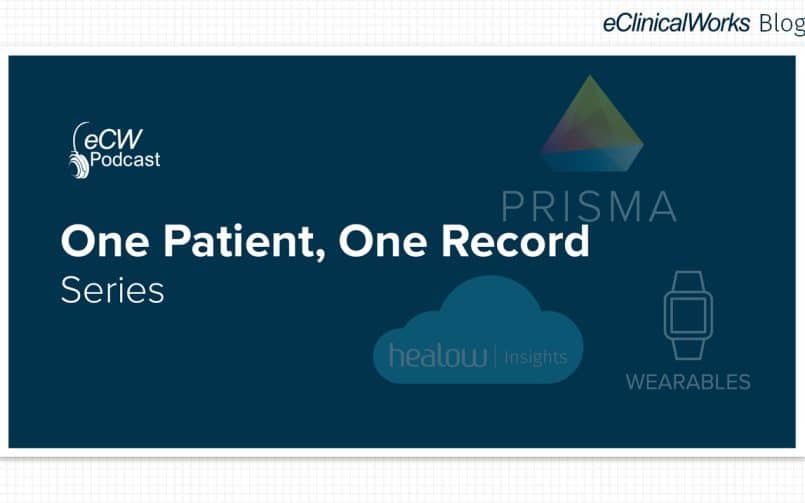
- 2 March 2021
- Blog
What it Takes to Better Know Your Patients
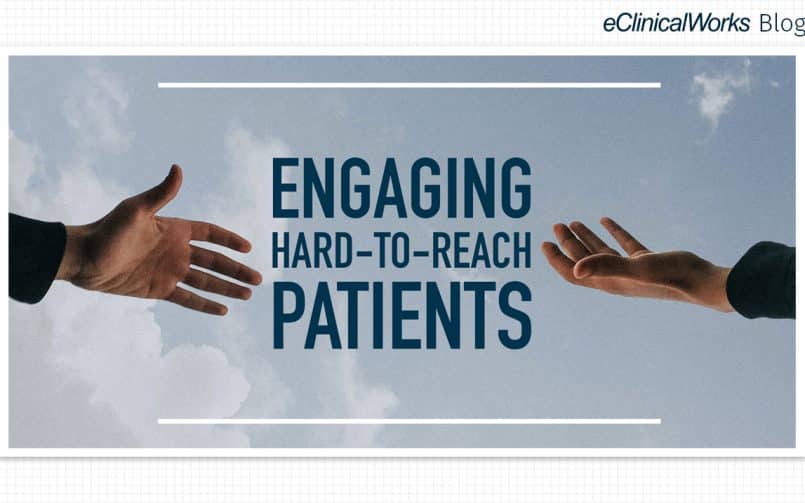
- 18 February 2021
- Blog
Engaging hard-to-reach patients

- 29 January 2021
- Blog
Putting the Pieces Together for Quality Healthcare

- 30 December 2020
- Blog
2020 eClinicalWorks Year in Review

- 22 December 2020
- Blog
Thirlby Clinic: Using Telehealth and CCM for Better Disease Management
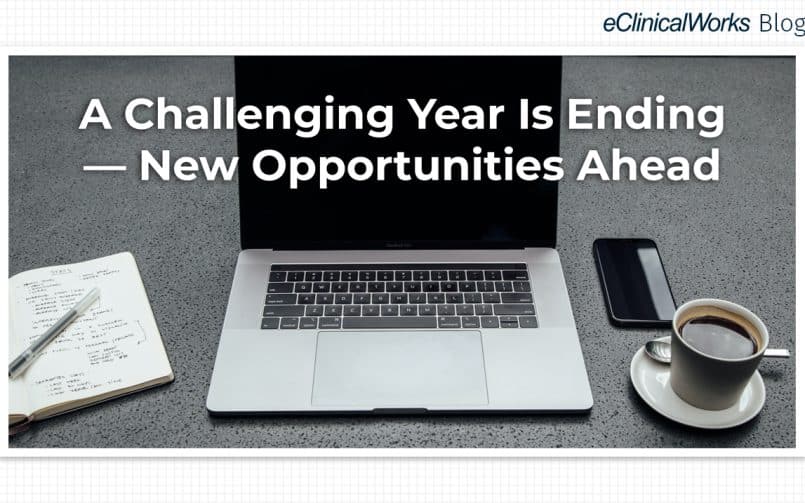
- 15 December 2020
- Blog
A Challenging Year Is Ending — New Opportunities Ahead
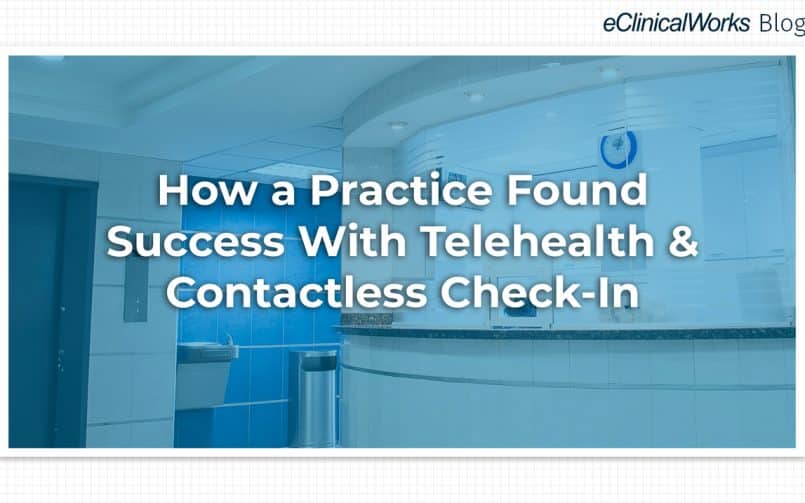
- 10 December 2020
- Blog
How a Practice Found Success With Telehealth & Contactless Check-In
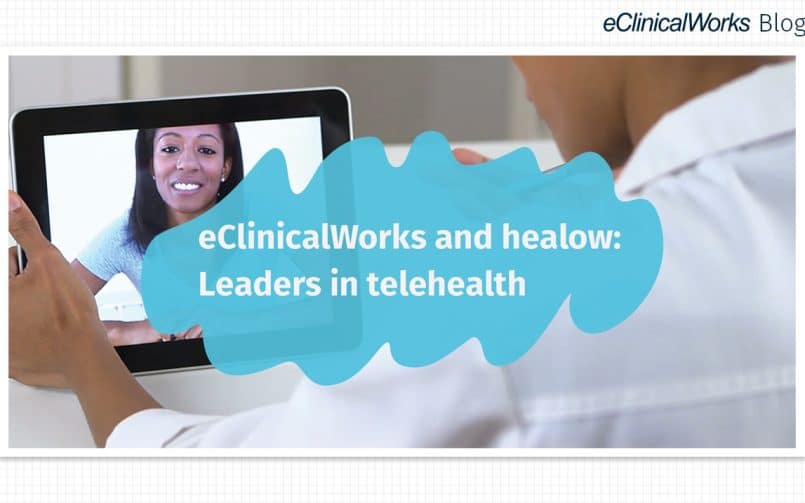
- 24 November 2020
- Blog
The Continuing Influence of Telehealth

- 19 November 2020
- Blog
Meeting the Demand for Behavioral Health Services
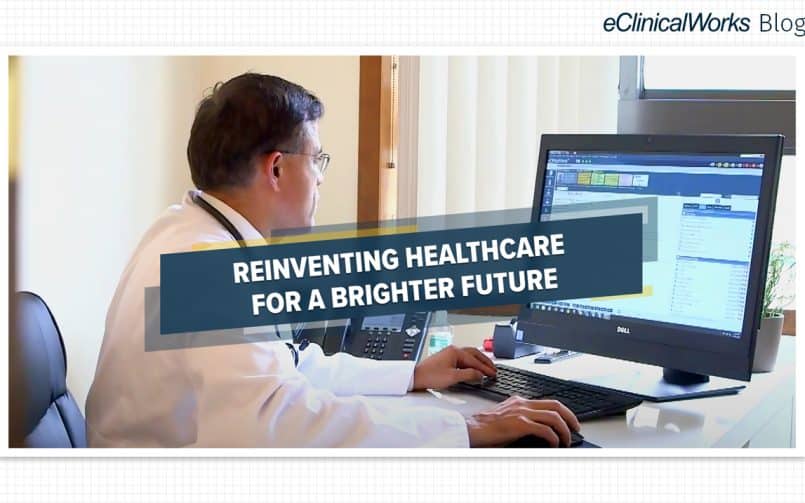
- 12 November 2020
- Blog
Reinventing Healthcare for a Brighter Future
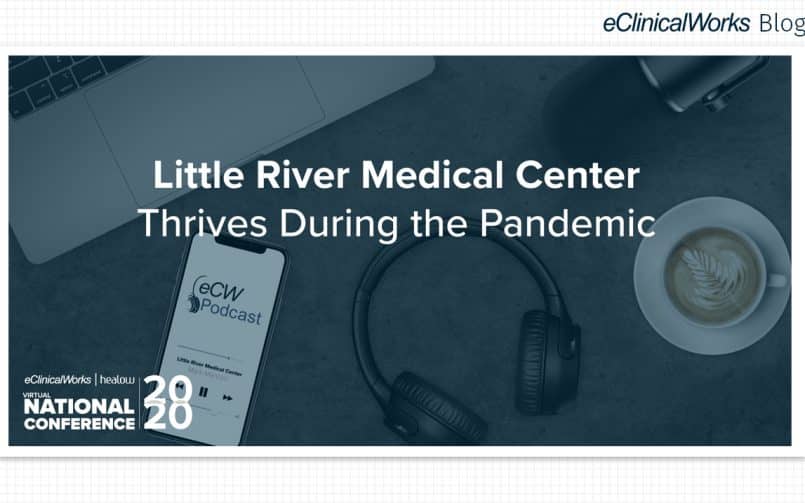
- 6 November 2020
- Blog
How Little River Medical Center Thrived During the Pandemic
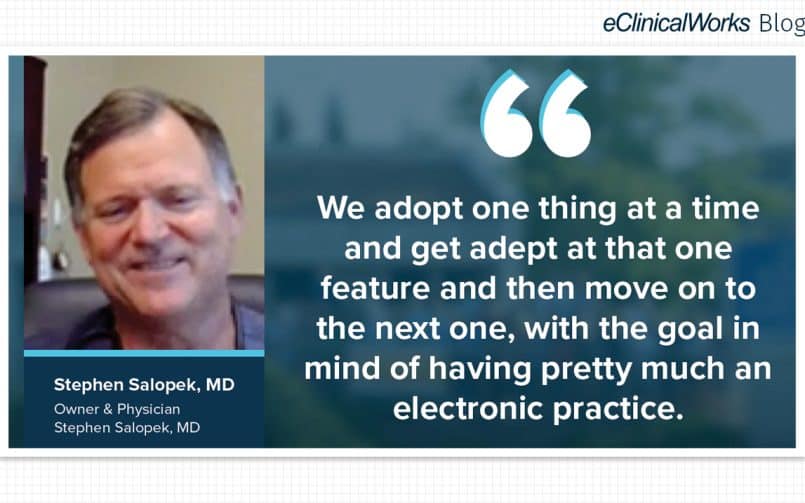
- 19 October 2020
- Blog
How Telehealth, CCM, and Contactless Check-In Revitalized a Practice in Need
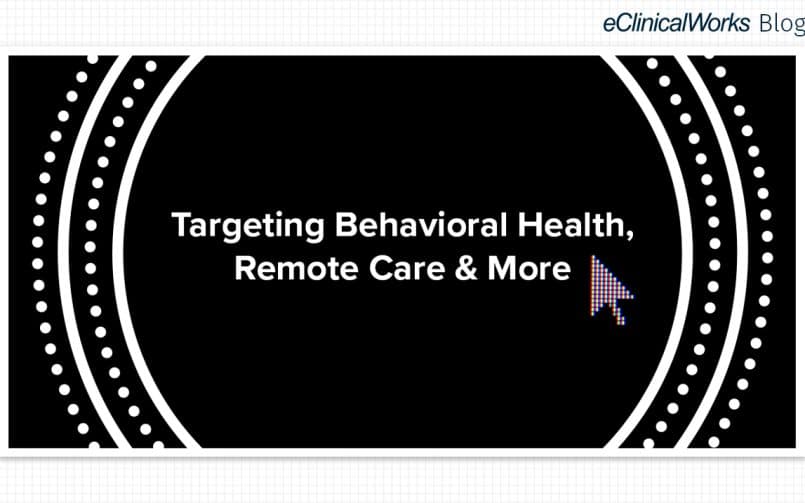
- 15 October 2020
- Blog
Targeting Behavioral Health, Remote Care & More
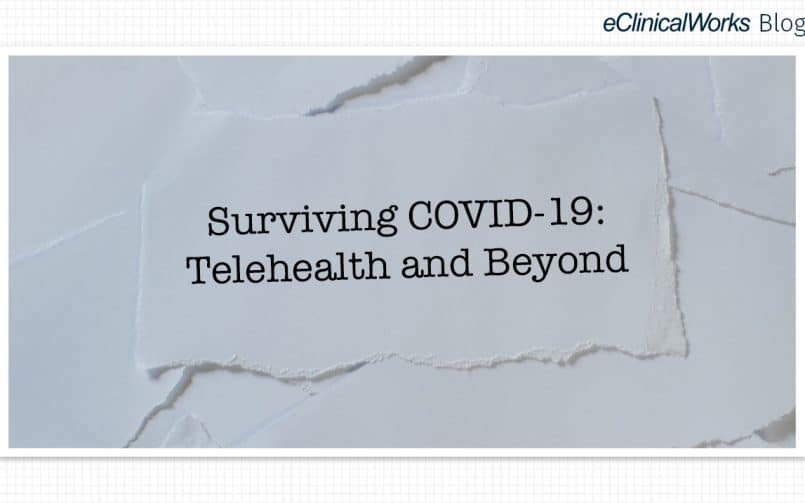
- 30 September 2020
- Blog
Surviving COVID-19: Telehealth and Beyond
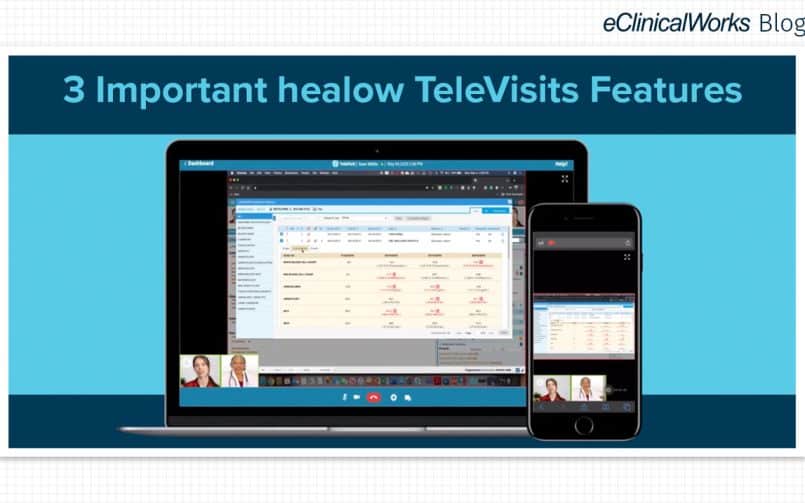
- 21 September 2020
- Blog
3 Important healow TeleVisits Features

- 1 September 2020
- Blog
Back to the Basics During the COVID-19 Era
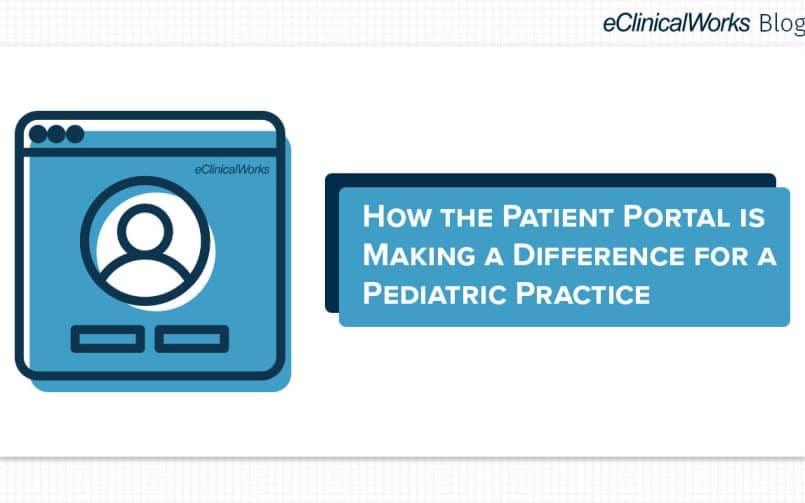
- 28 August 2020
- Blog
How the Patient Portal Is Making a Difference for a Pediatric Practice
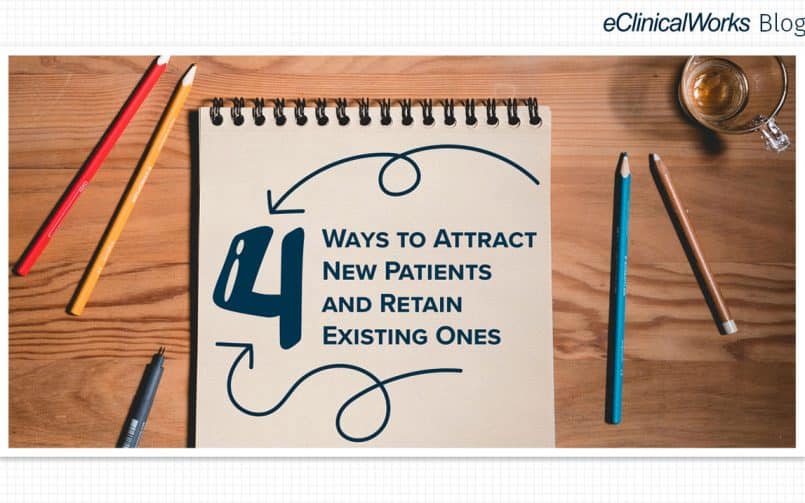
- 27 July 2020
- Blog
4 Ways to Attract New Patients and Retain Existing Ones
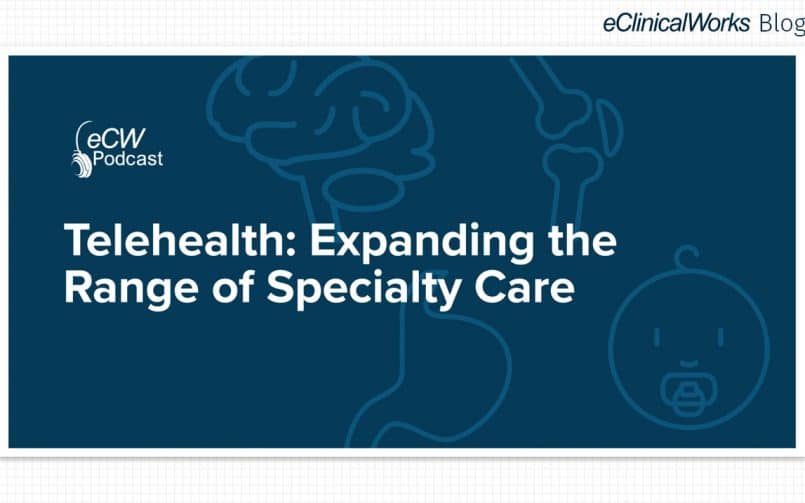
- 24 July 2020
- Blog
Pushing Boundaries, Reaching New Horizons

- 17 July 2020
- Blog
How to Keep Your Patients & Staff Safe During COVID-19
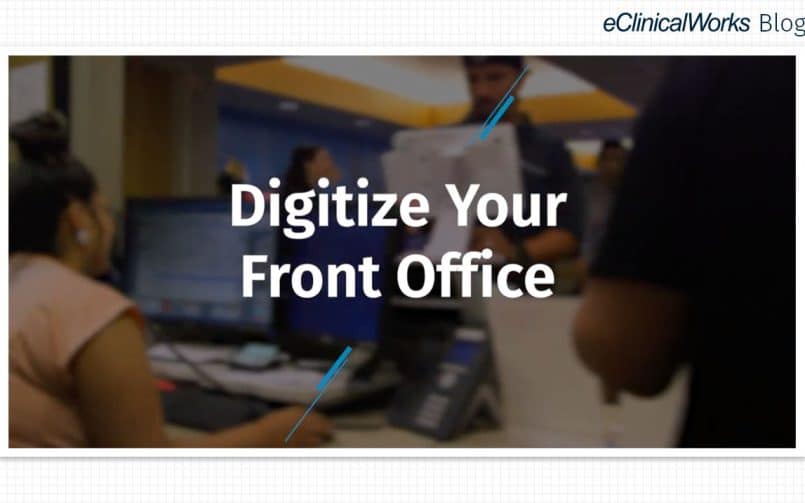
- 1 July 2020
- Blog
How to Digitize Your Front Office
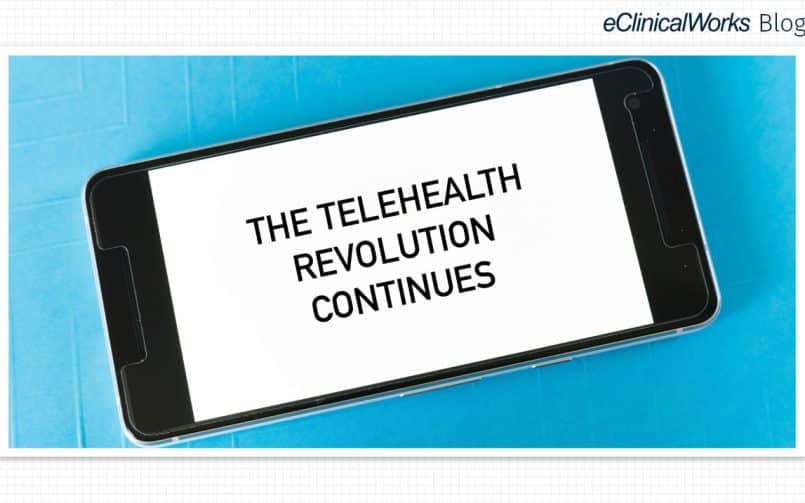
- 29 June 2020
- Blog
The Telehealth Revolution Continues
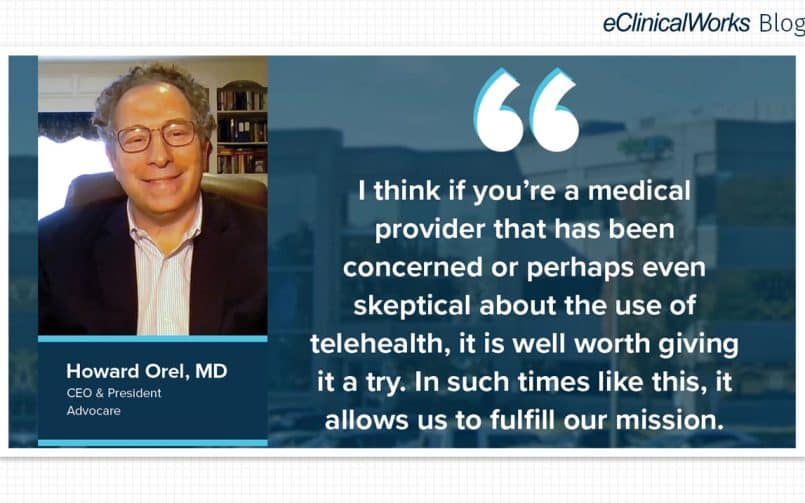
- 24 June 2020
- Blog
How Advocare Put healow TeleVisits™ to Work
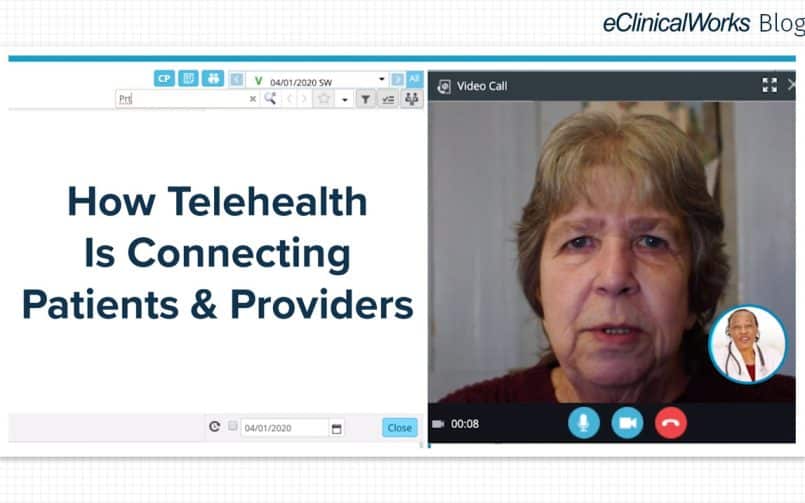
- 17 June 2020
- Blog
How Telehealth Is Connecting Patients & Providers

- 15 June 2020
- Blog
Getting to the Heart of Medicine Together
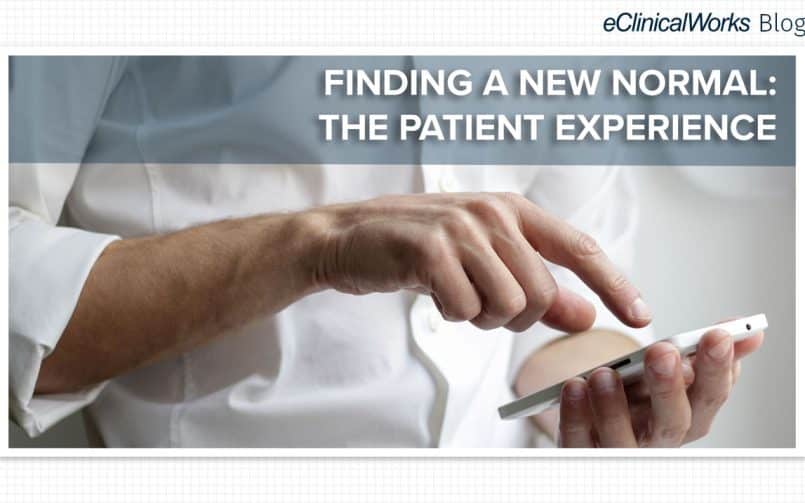
- 12 June 2020
- Blog
Finding a New Normal: The Patient Experience
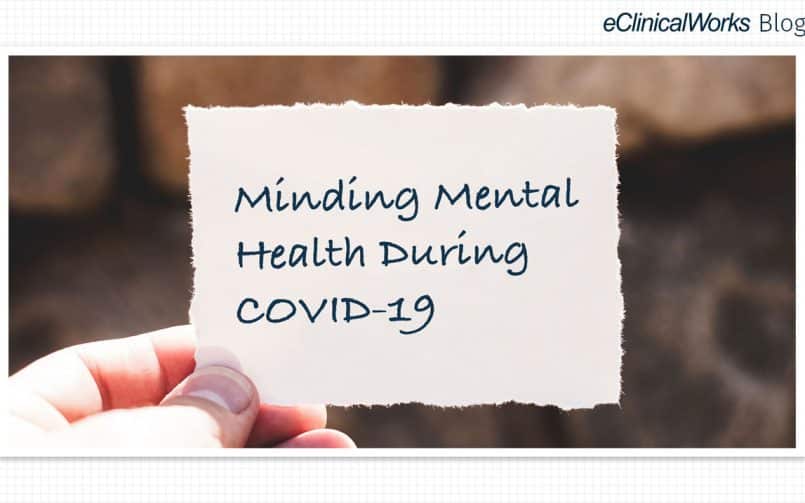
- 10 June 2020
- Blog
Minding Mental Health During COVID-19
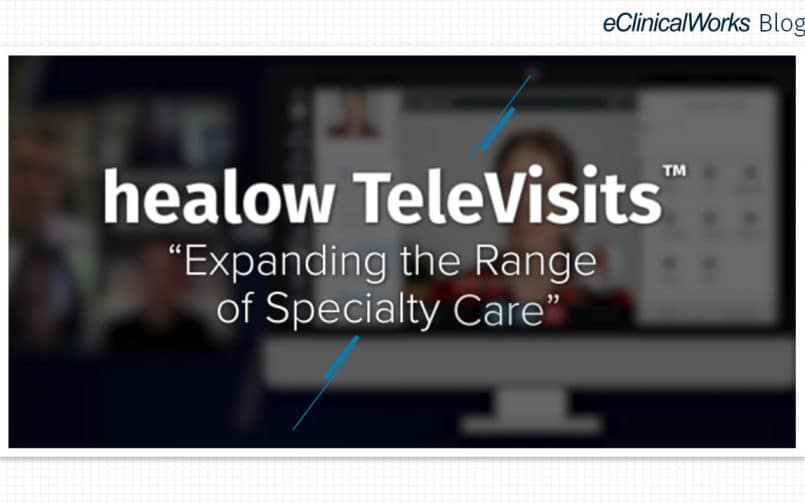
- 3 June 2020
- Blog
Expanding the Range of Specialty Care
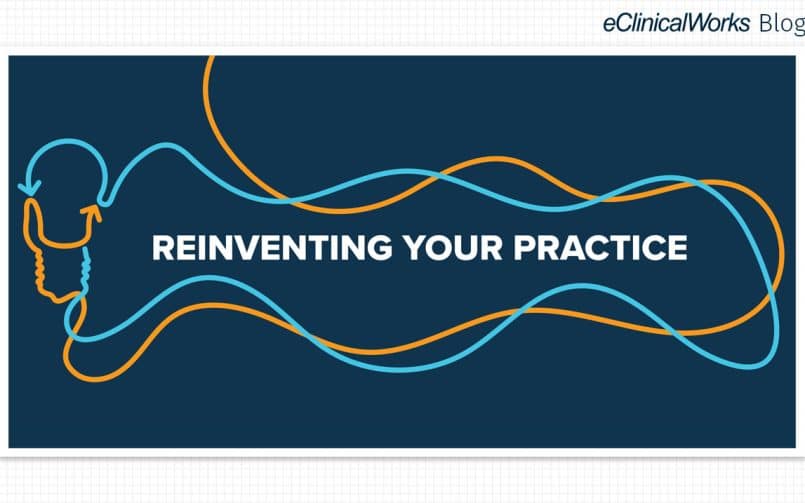
- 1 June 2020
- Blog
Reinventing Your Practice
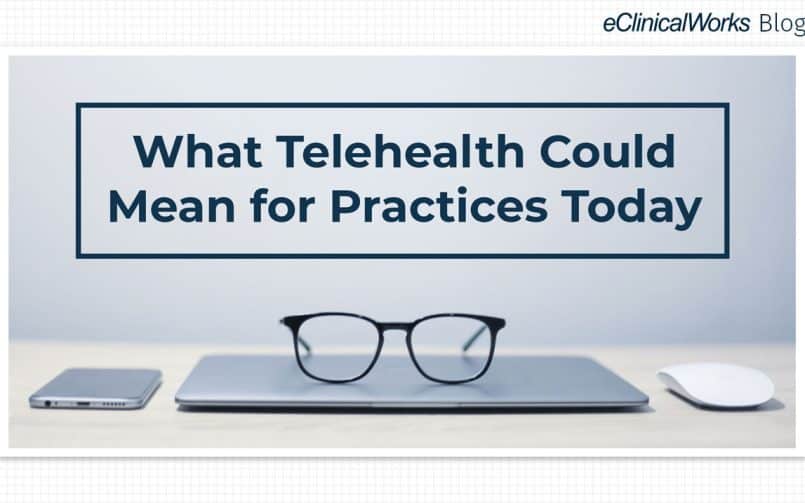
- 29 May 2020
- Blog
What Telehealth Could Mean for Practices Today

- 27 May 2020
- Blog
Resourceful Action During Extreme Times
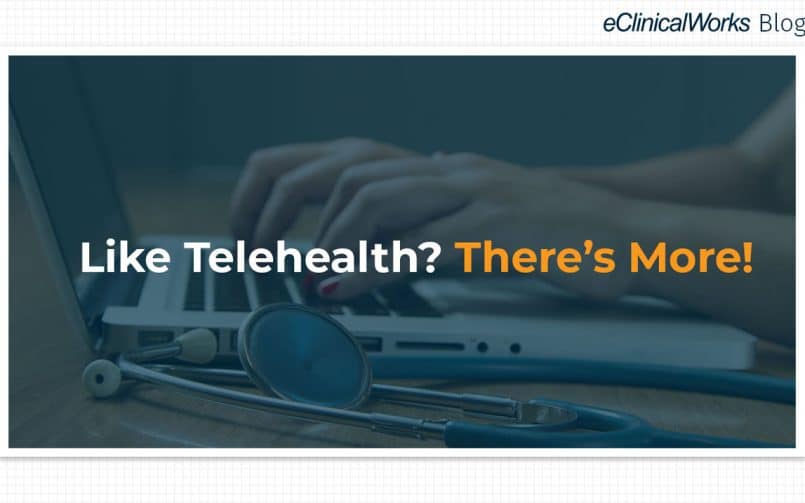
- 21 May 2020
- Blog
Like Telehealth? There’s More!
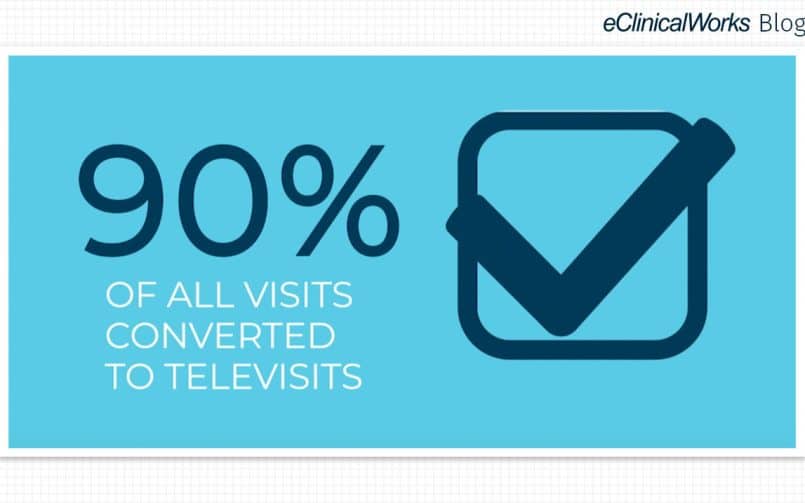
- 19 May 2020
- Blog
The Numbers Behind TeleVisits
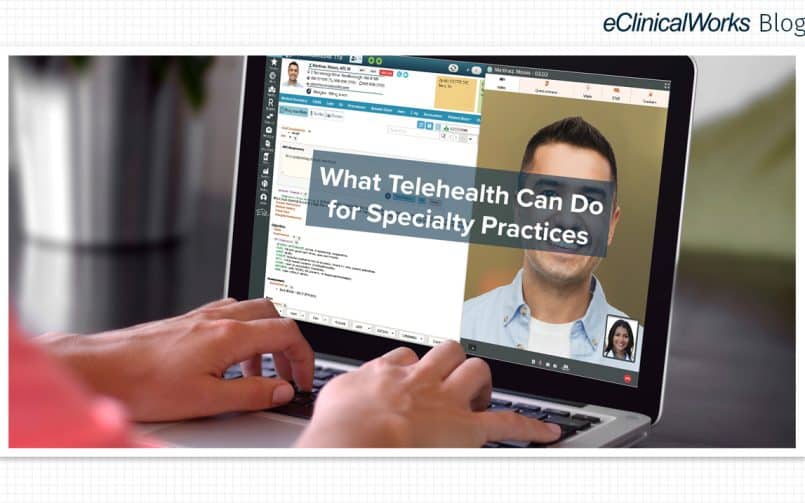
- 16 May 2020
- Blog
What Telehealth Can Do for Specialty Practices
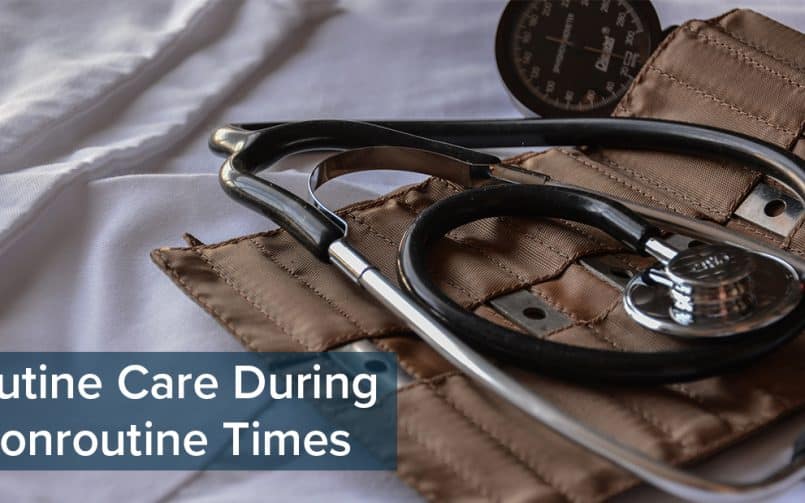
- 13 May 2020
- Blog
Routine Care During Nonroutine Times
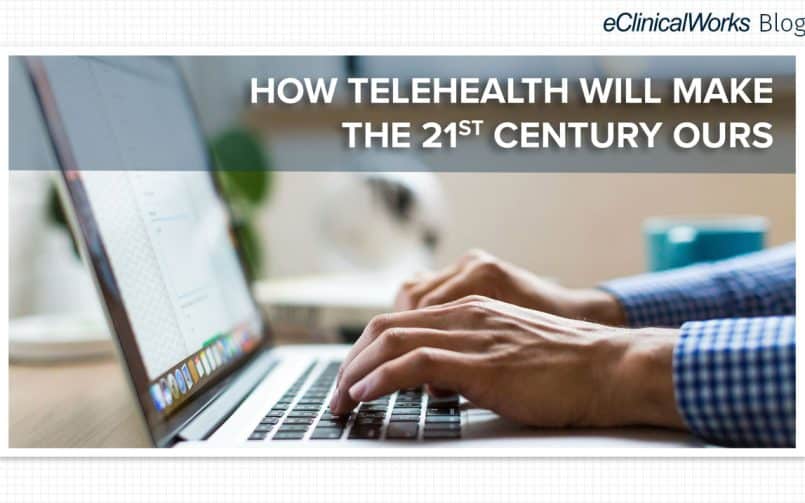
- 12 May 2020
- Blog
How Telehealth Will Make The 21st Century Ours

- 8 May 2020
- Blog
Seeing Medicine in a New Light
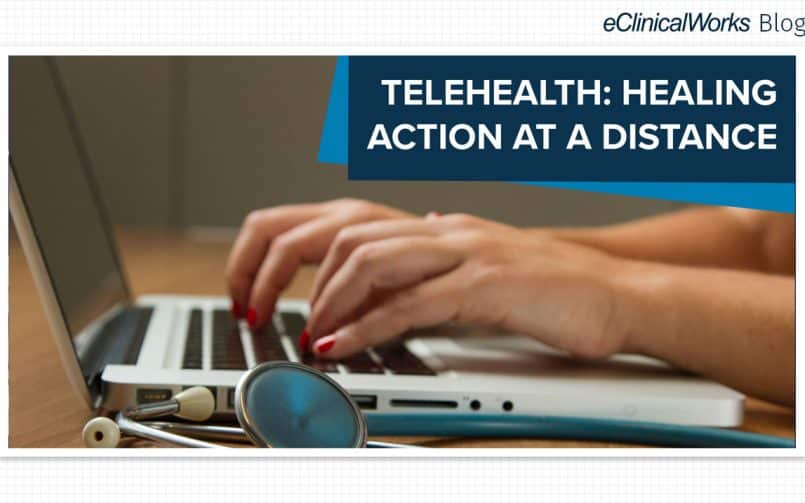
- 7 May 2020
- Blog
Telehealth: Healing Action at a Distance
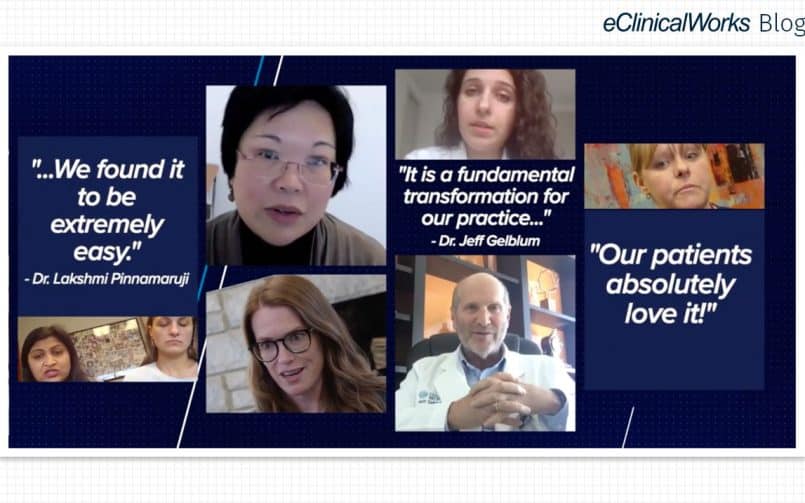
- 5 May 2020
- Blog
3 Patient Stories of TeleVisits in Action

- 1 May 2020
- Blog
Sustaining Medical Practice During COVID-19
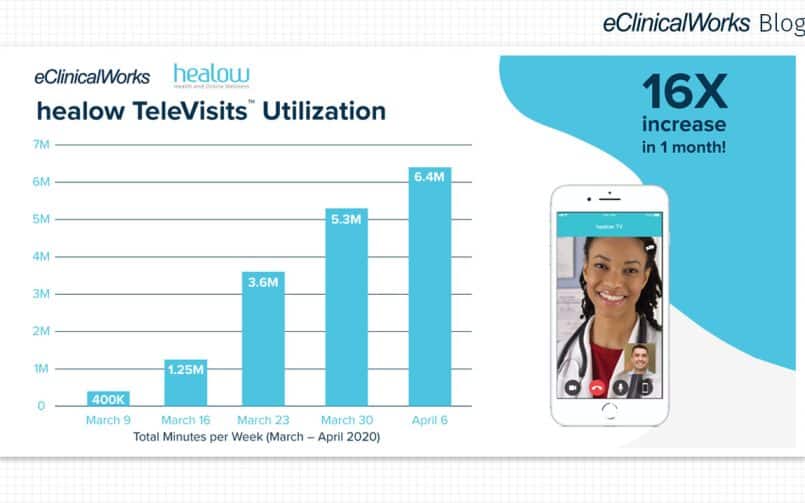
- 29 April 2020
- Blog
The Evolution and Importance of Telehealth
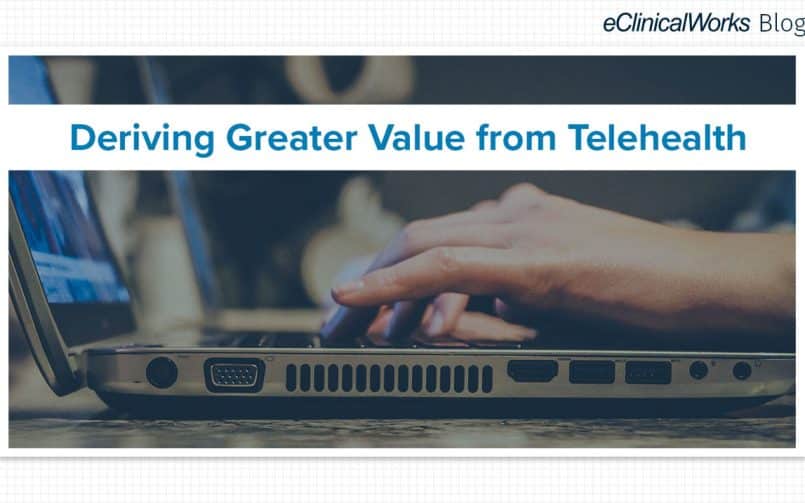
- 27 April 2020
- Blog
Deriving Greater Value from Telehealth
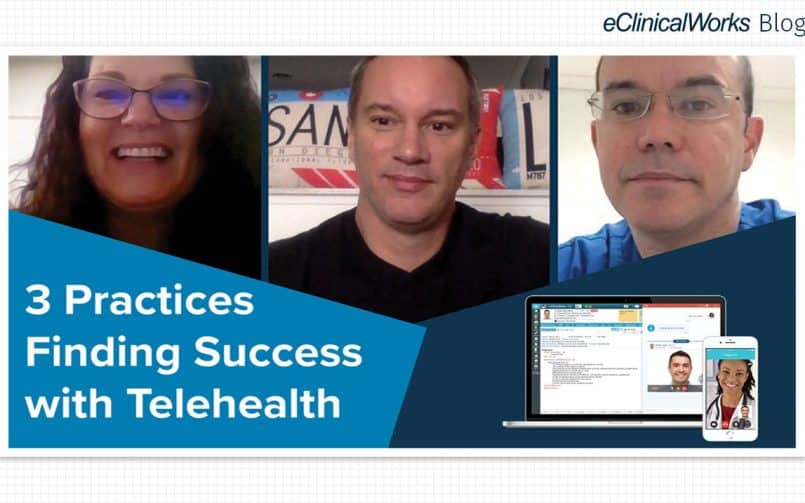
- 24 April 2020
- Blog
3 Practices Finding Success With Telehealth

- 22 April 2020
- Blog
How Innovation Fueled the Rise of Telehealth
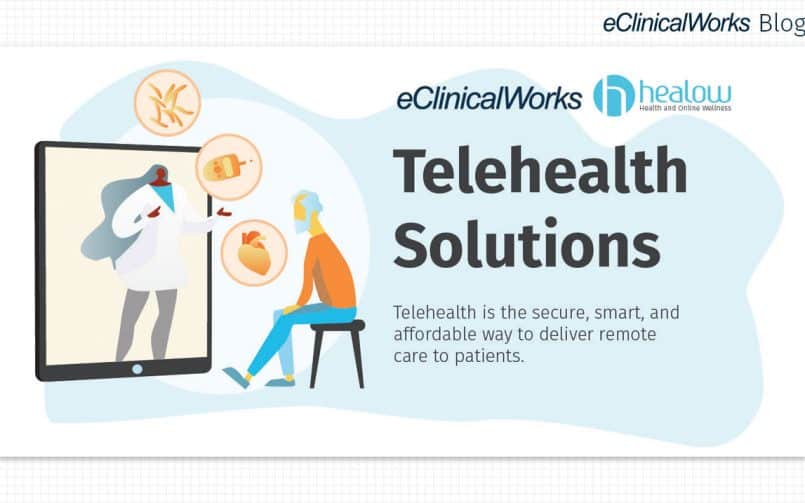
- 20 April 2020
- Blog
Why You Should Activate Telehealth Today
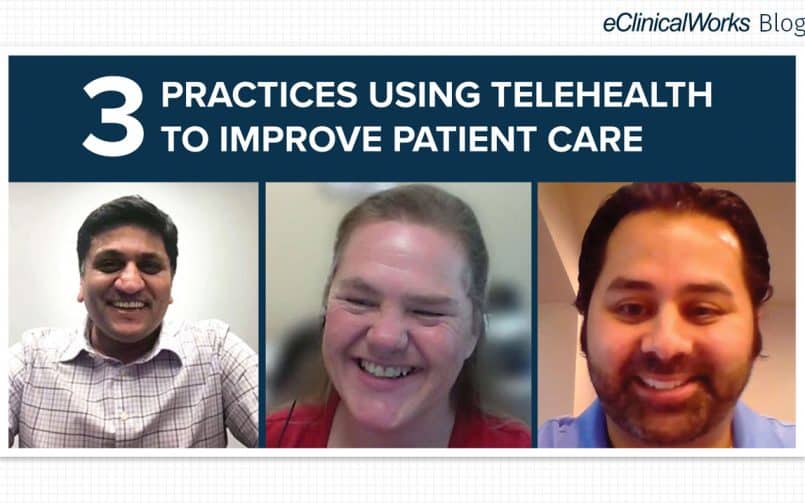
- 17 April 2020
- Blog
3 Practices Using Telehealth to Improve Patient Care
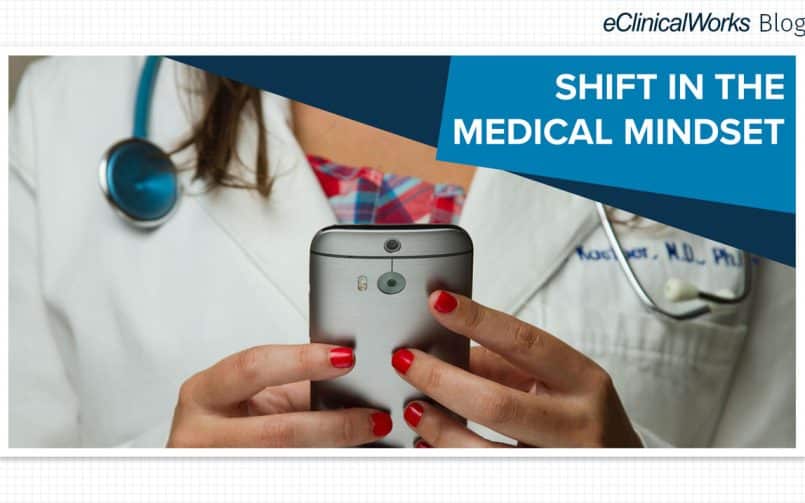
- 15 April 2020
- Blog
Shift in the Medical Mindset
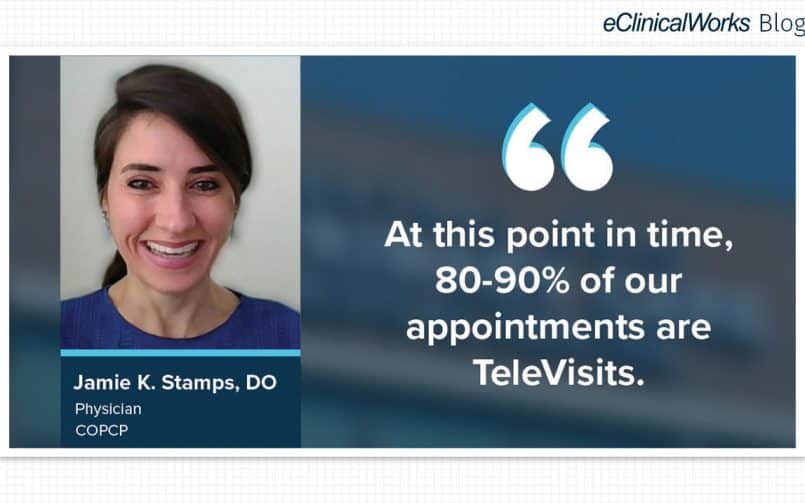
- 13 April 2020
- Blog
How Telehealth Kept a Patient Out of the ER
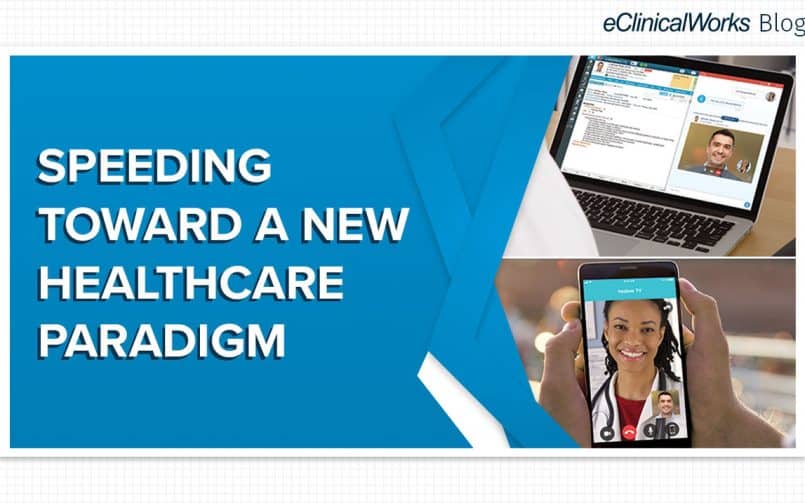
- 10 April 2020
- Blog
Speeding Toward a New Healthcare Paradigm
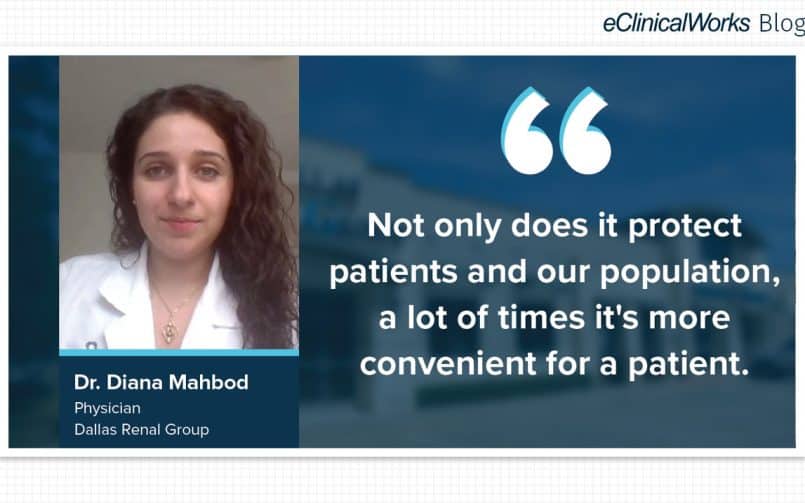
- 9 April 2020
- Blog
How Dallas Renal Group is Providing Care While Social Distancing
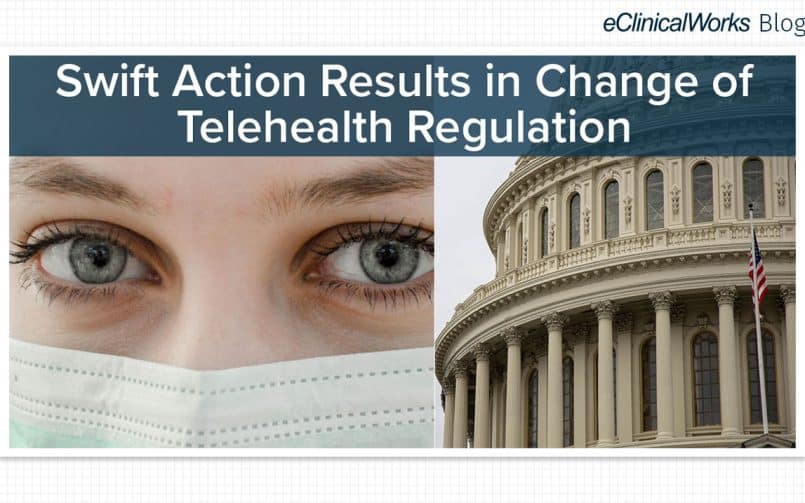
- 8 April 2020
- Blog
Swift Action Results in Change of Telehealth Regulations
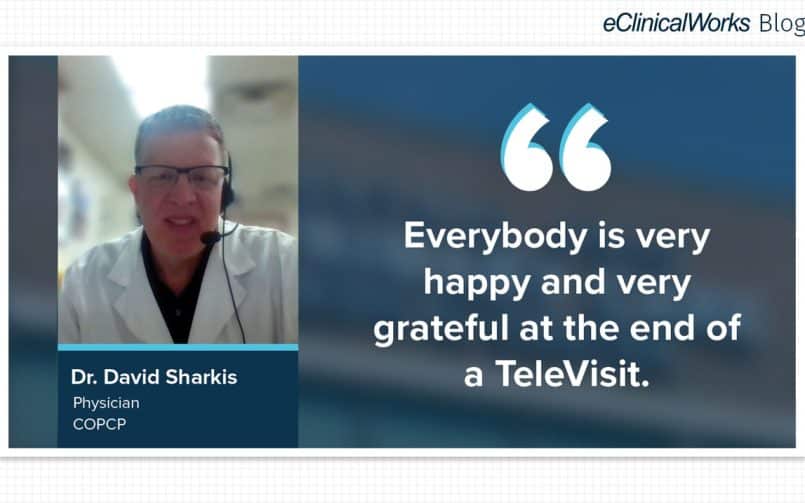
- 7 April 2020
- Blog
How Central Ohio Primary Care Physicians is Reducing ER Visits

- 6 April 2020
- Blog
Securing Access to Care During a Pandemic
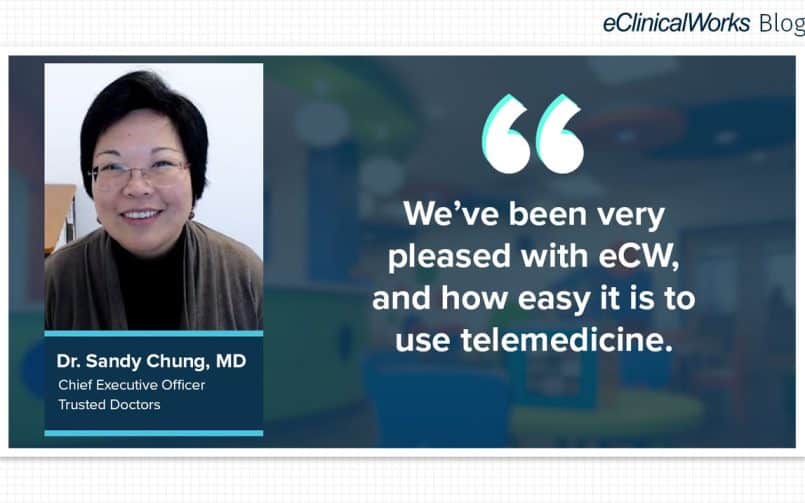
- 3 April 2020
- Blog
How Telehealth is Keeping Patients Safe at Trusted Doctors
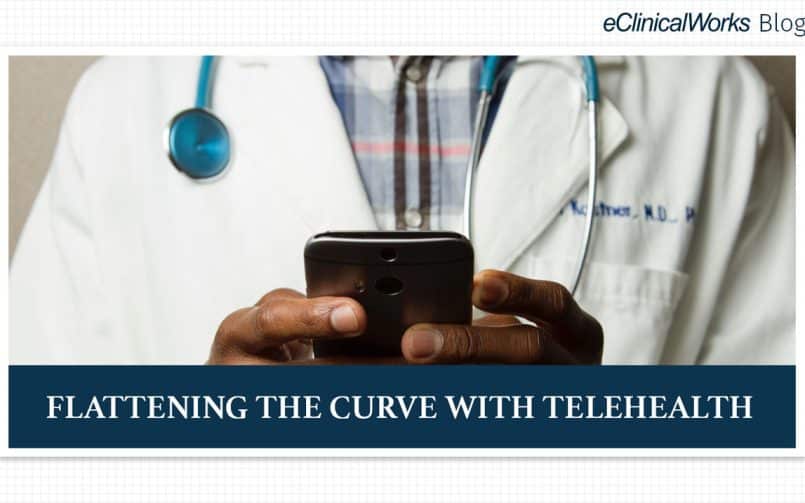
- 2 April 2020
- Blog
Flattening the Curve With Telehealth
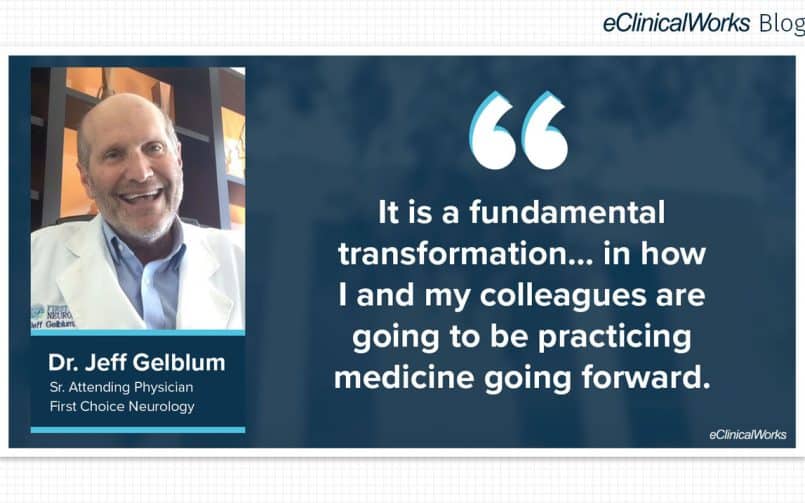
- 1 April 2020
- Blog
How First Choice Neurology Transformed Their Practice With Telehealth

- 31 March 2020
- Blog
Telehealth and Mental Health in a Time of Crisis
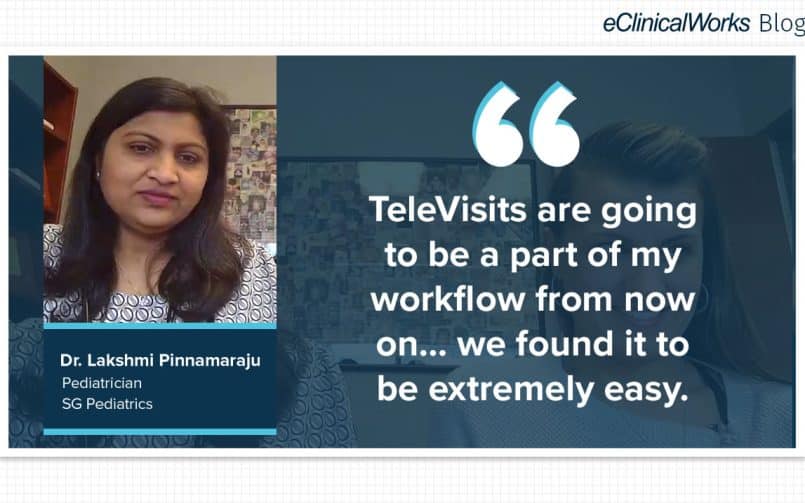
- 27 March 2020
- Blog
How SG Pediatrics are Using TeleVisits to Help Patients
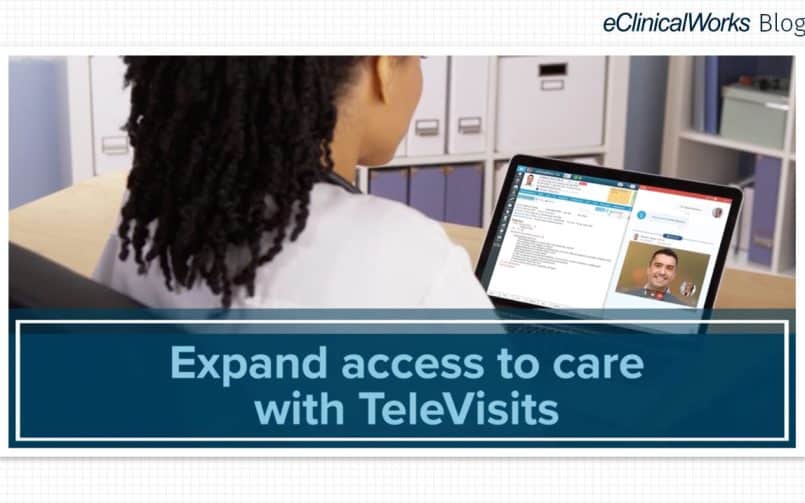
- 26 March 2020
- Blog
The eClinicalWorks Telehealth Advantage
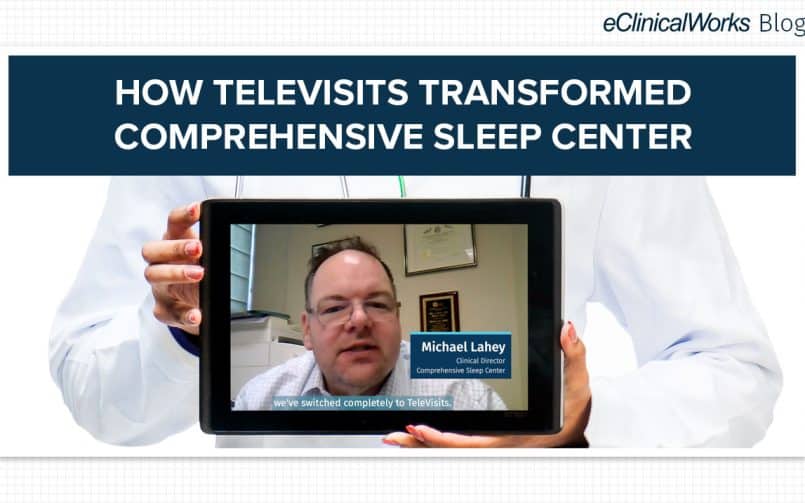
- 25 March 2020
- Blog
How Televisits Have Transformed Comprehensive Sleep Center
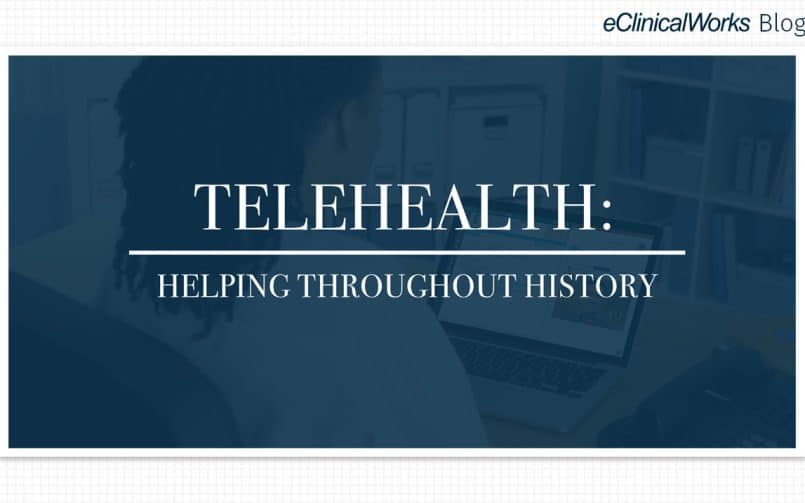
- 24 March 2020
- Blog
Telehealth: Helping Throughout History
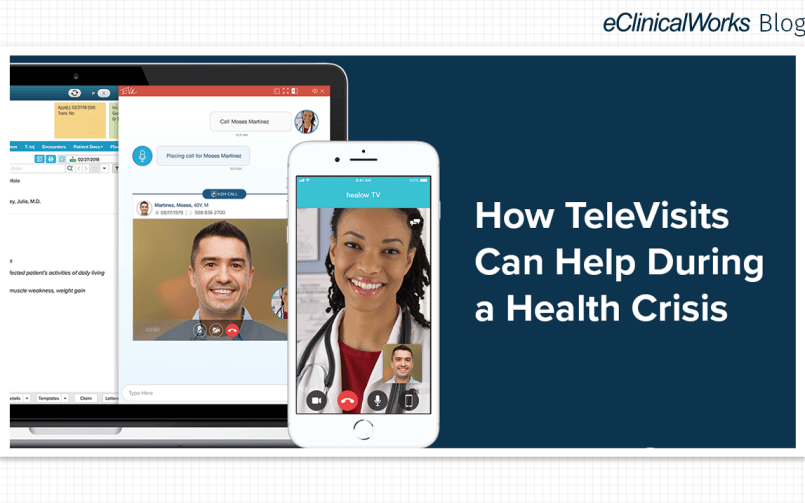
- 23 March 2020
- Blog
How healow TeleVisits Can Help During a Health Crisis
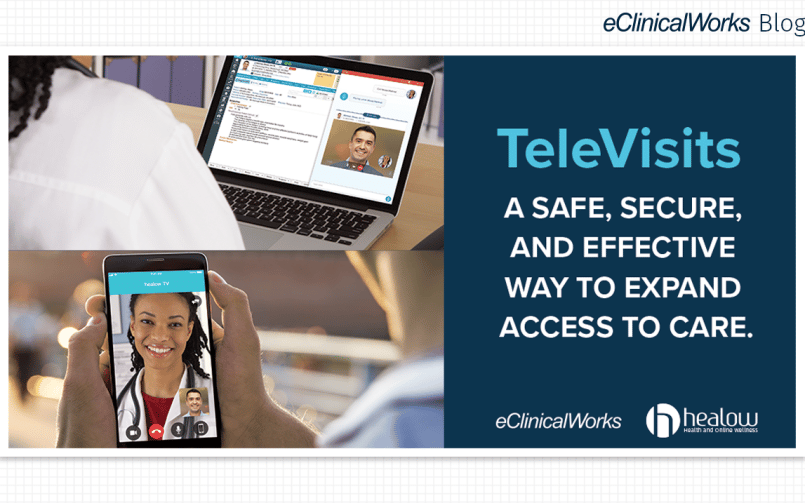
- 20 March 2020
- Blog
healow TeleVisits: How Fast Deployment Helps
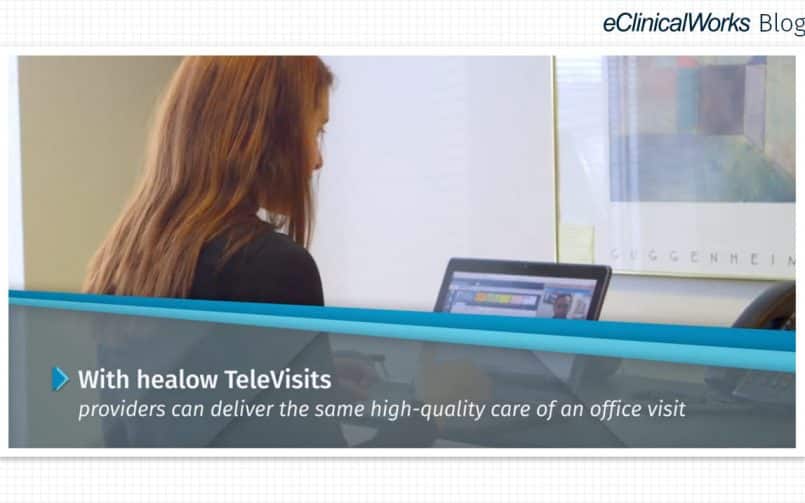
- 11 March 2020
- Blog
Expanding Access to Care With healow TeleVisits
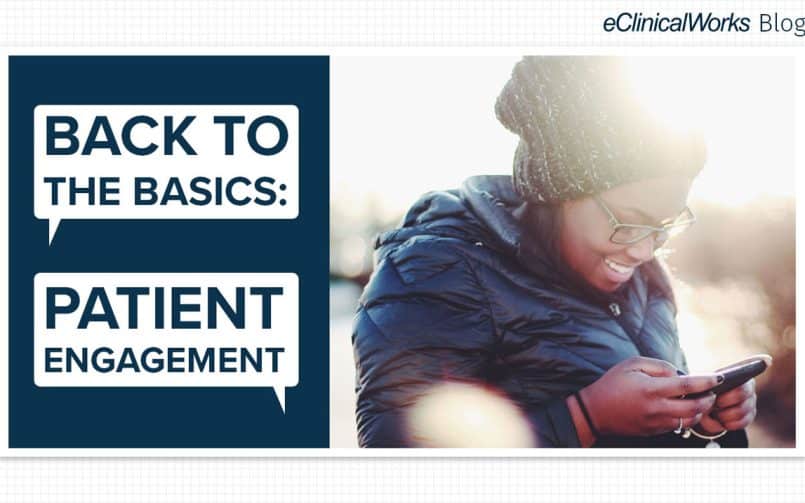
- 6 March 2020
- Blog
Back to the Basics: Patient Engagement
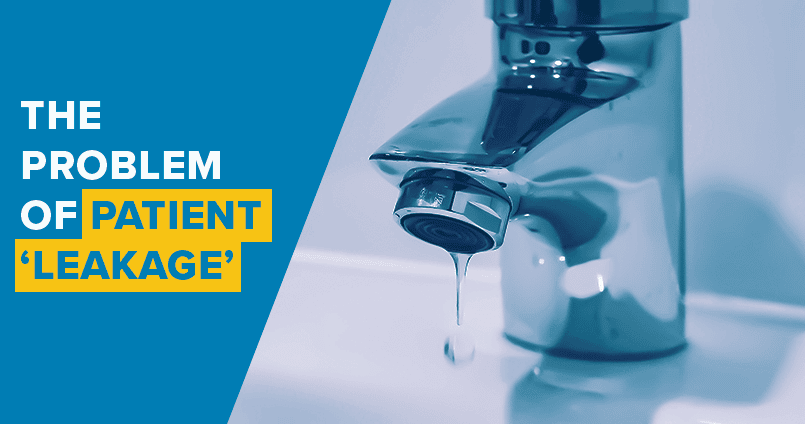
- 31 January 2020
- Blog
A More Attractive Choice: Retaining Your Patients!
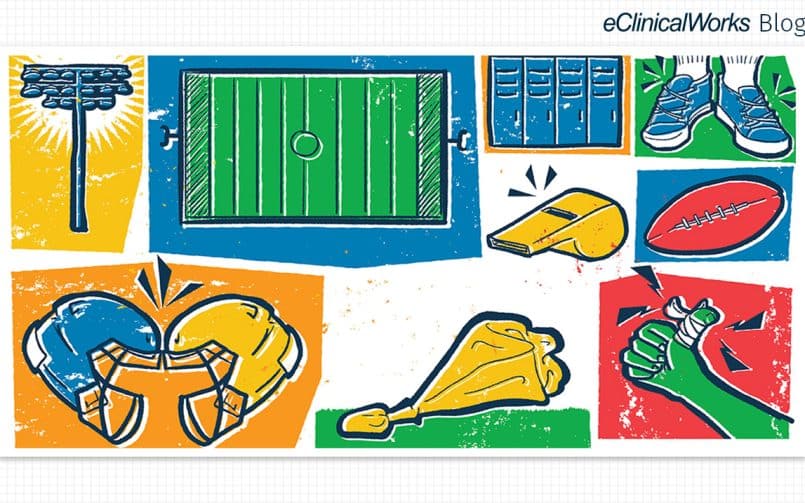
- 8 January 2020
- Blog
The State of Telehealth in 2020
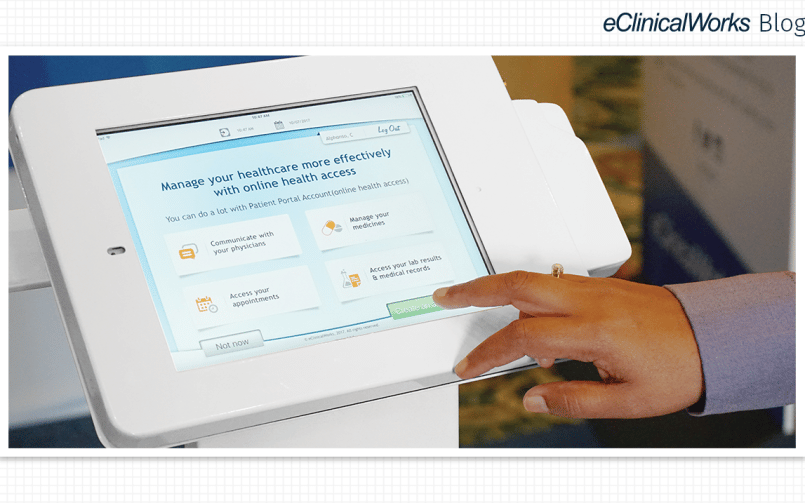
- 14 August 2019
- Blog
Patient-Centered Care: How the Approach Can Improve Healthcare
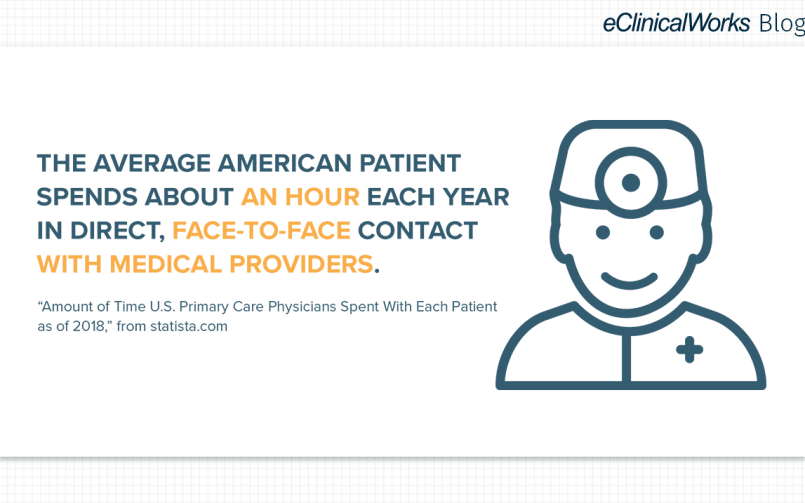
- 1 July 2019
- Blog
Essential Strategies to Improve Healthcare
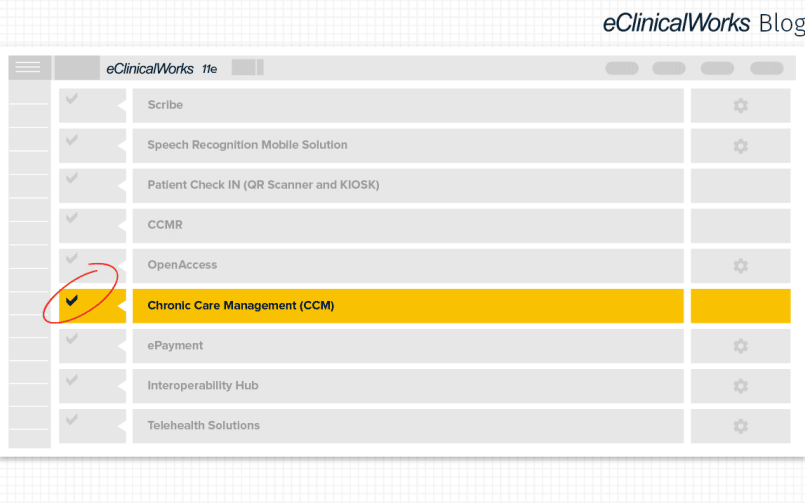
- 28 June 2019
- Blog
Implementing a patient safety culture
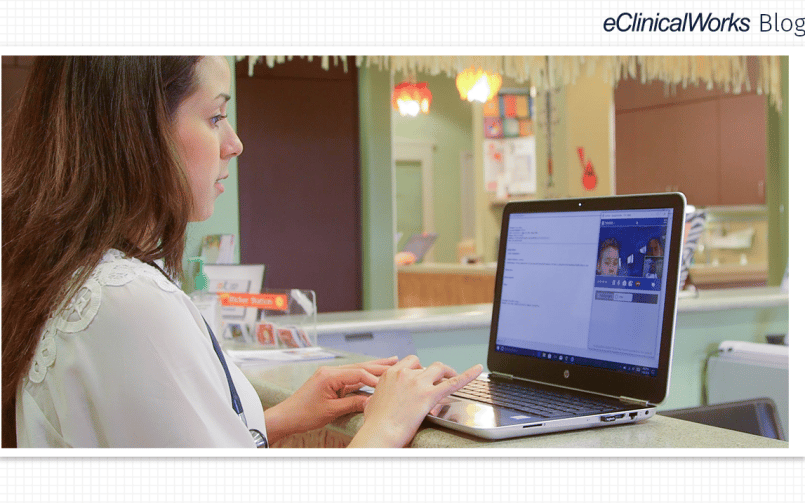
- 5 June 2019
- Blog
3 Ways That Telehealth Is Improving Healthcare
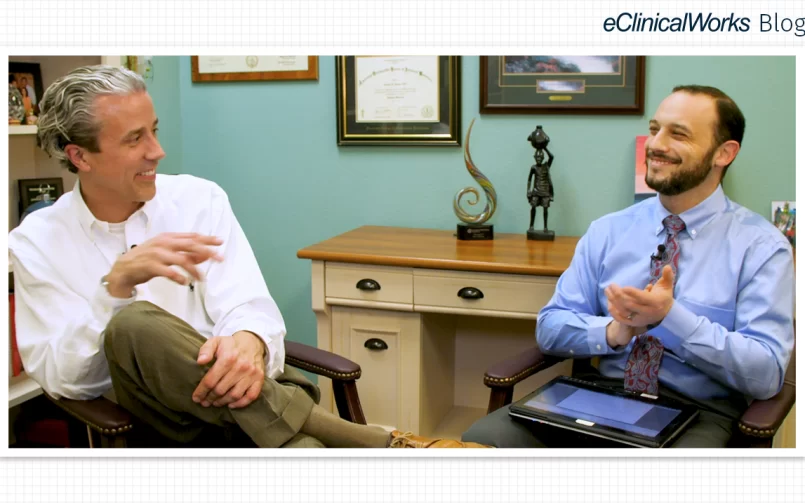
- 17 April 2019
- Blog
TCM: From Post-It to Proactive
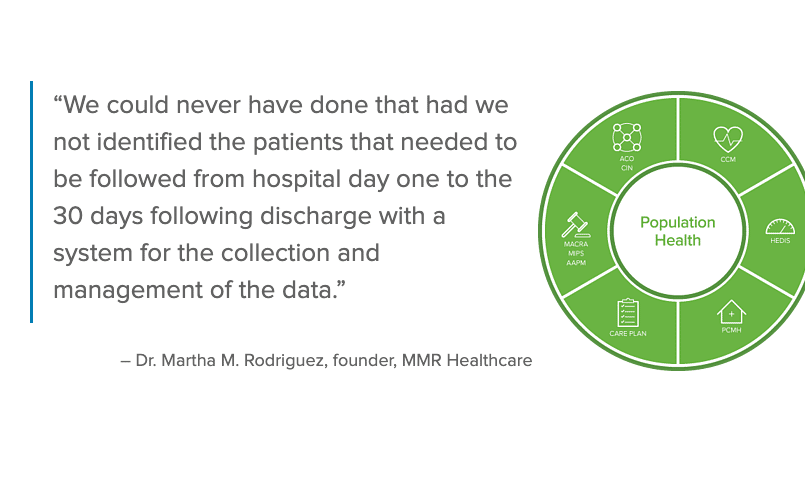
- 27 March 2019
- Blog
TCM: Tracking Patients to Reduce Readmissions
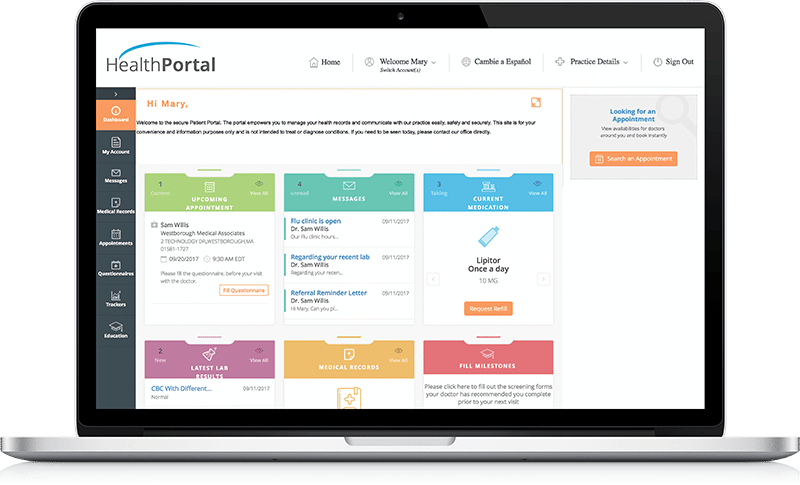
- 19 February 2019
- Blog
For Best Results, Engage Your Patients!
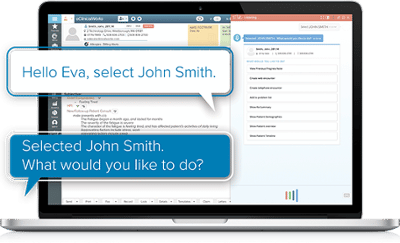
- 13 February 2019
- Blog
Eva: A clear answer to the multitasking dilemma
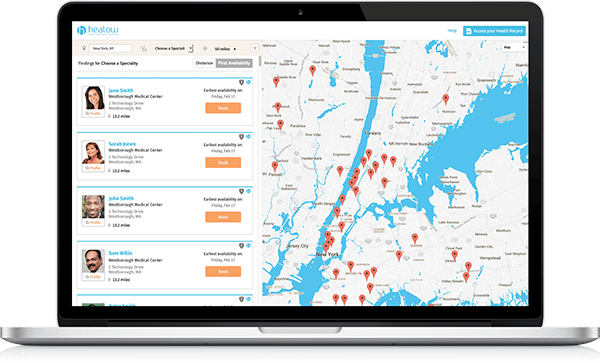
- 24 January 2019
- Blog
Successful Patient Engagement Strategies
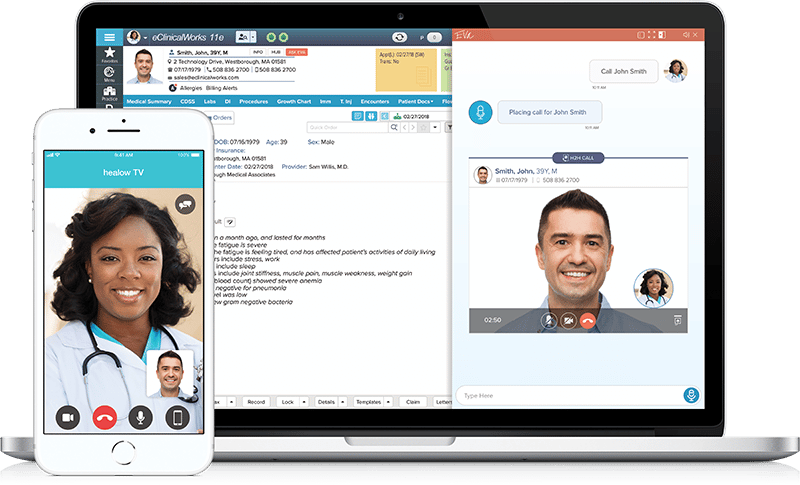
- 9 January 2019
- Blog
Telehealth – Rural Health Center
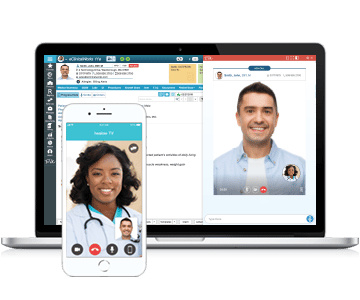
- 1 November 2018
- Blog
Three Ways Telemedicine Improves Care for Providers and Patients

- 11 June 2018
- Blog
Righttime Medical: Building a New Medical Model
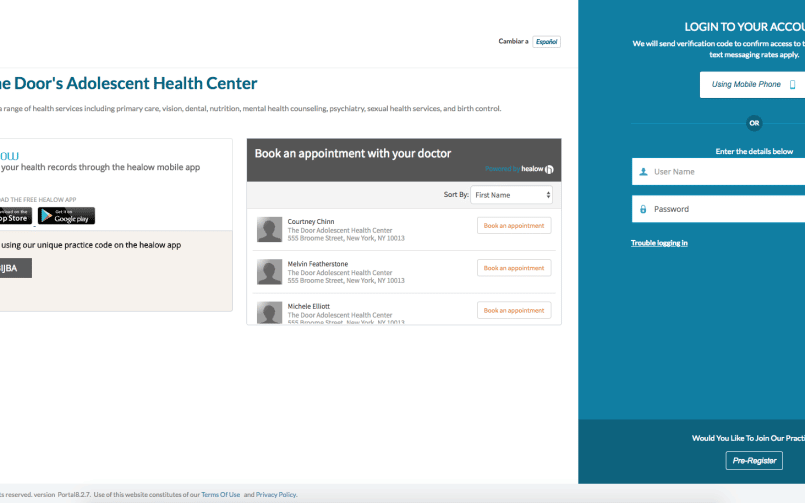
- 4 June 2018
- Blog
Helping NYC Youth Reach Their Potential
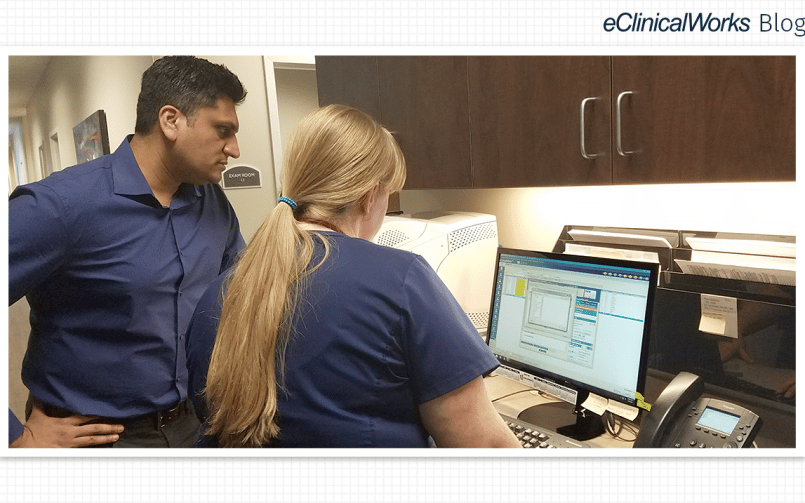
- 21 May 2018
- Blog
Getting Online with Patient Engagement
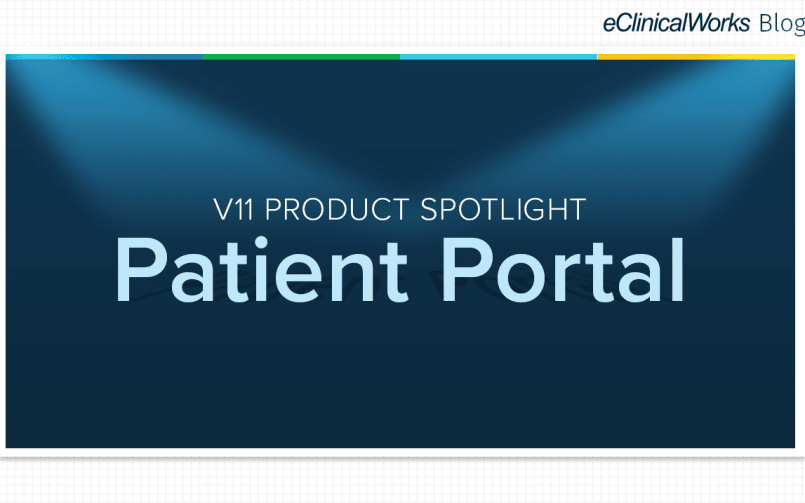
- 16 April 2018
- Blog
Patient Portal 8.0
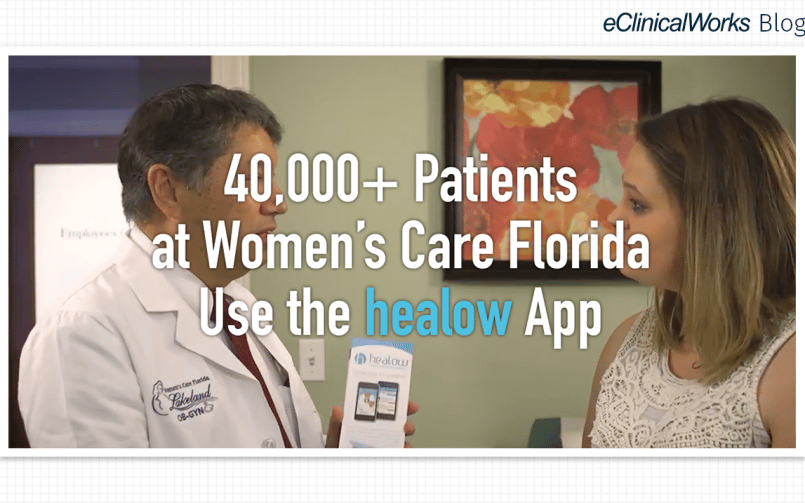
- 9 January 2018
- Blog
“They have their little phones!”
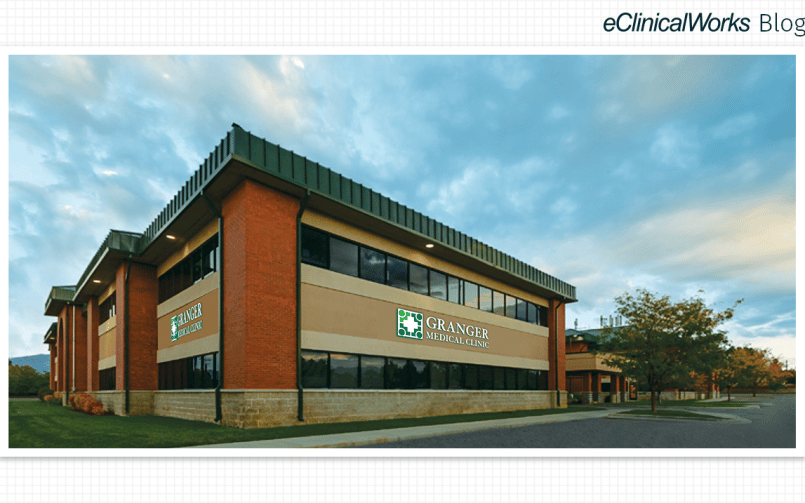
- 27 November 2017
- Blog
A Patient-Centric, Independent Clinic in Utah
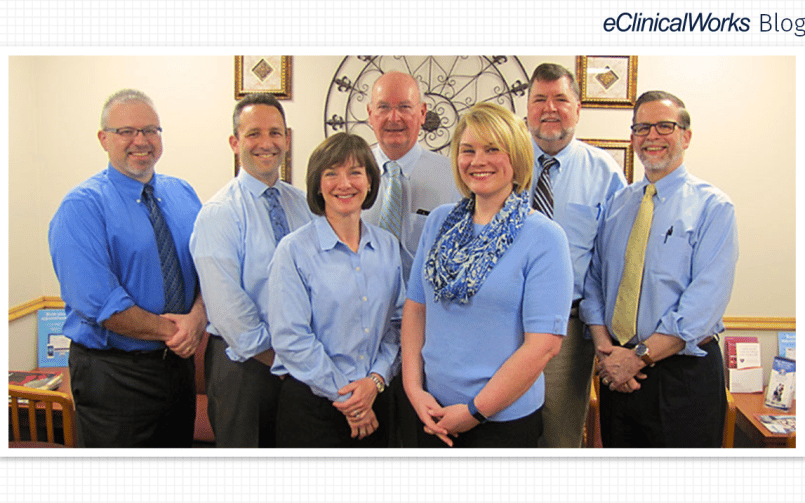
- 18 September 2017
- Blog
Grove Medical: Tackling Diabetes with Healthcare IT

- 17 July 2017
- Blog
Using Big Data to Right Size a Practice
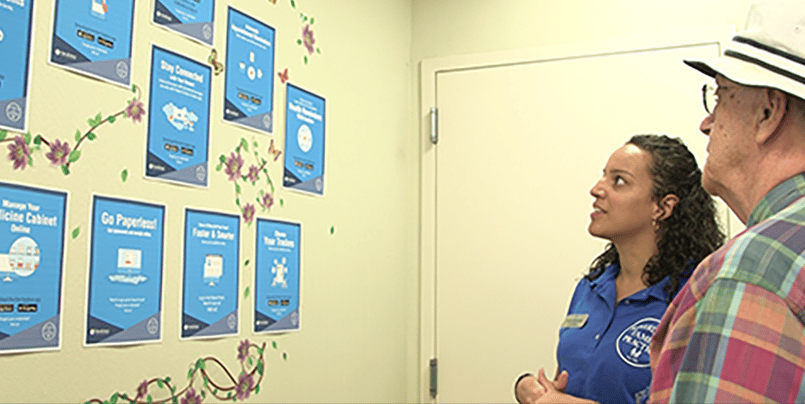
- 12 June 2017
- Blog
Patient Engagement in New York City
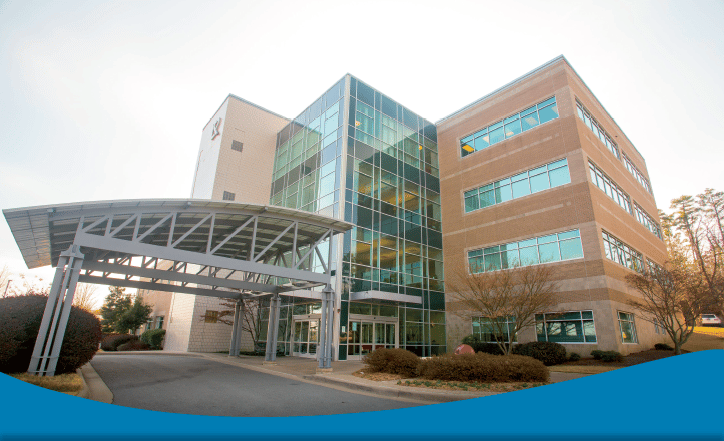
- 30 May 2017
- Blog
Arkansas: Concerns and opportunities
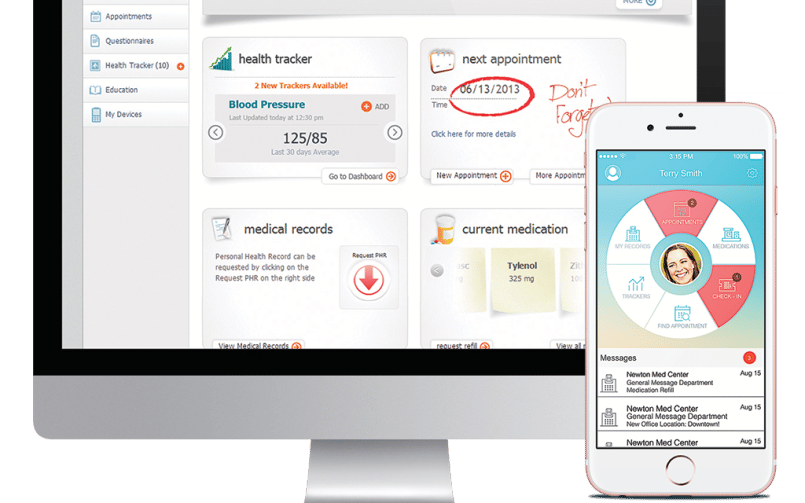
- 22 May 2017
- Blog
Healthcare, change, and changing mindsets

- 28 December 2016
- Blog
The right tools in human hands
- 20 March 2015
- Blog
The Next Phase of Innovation in Healthcare
- 13 October 2013
- Blog






